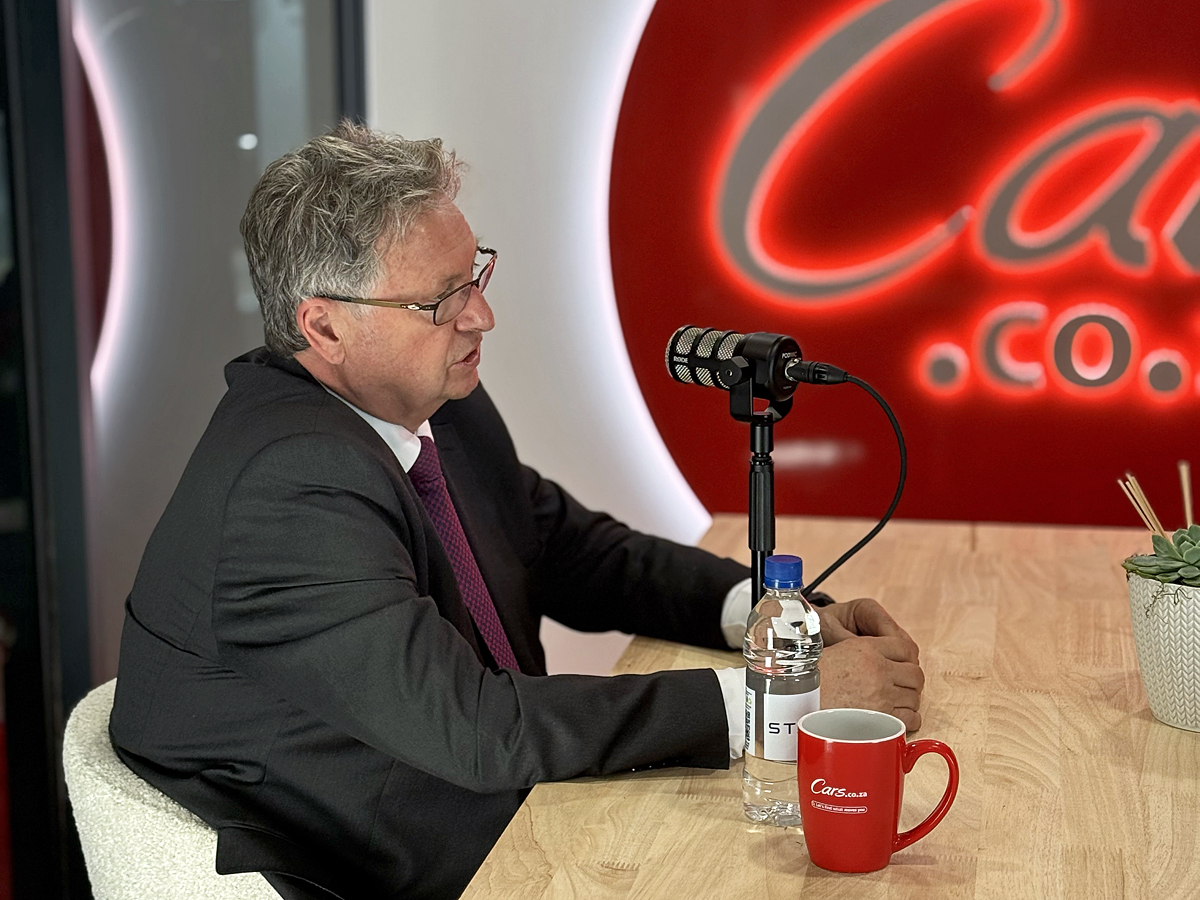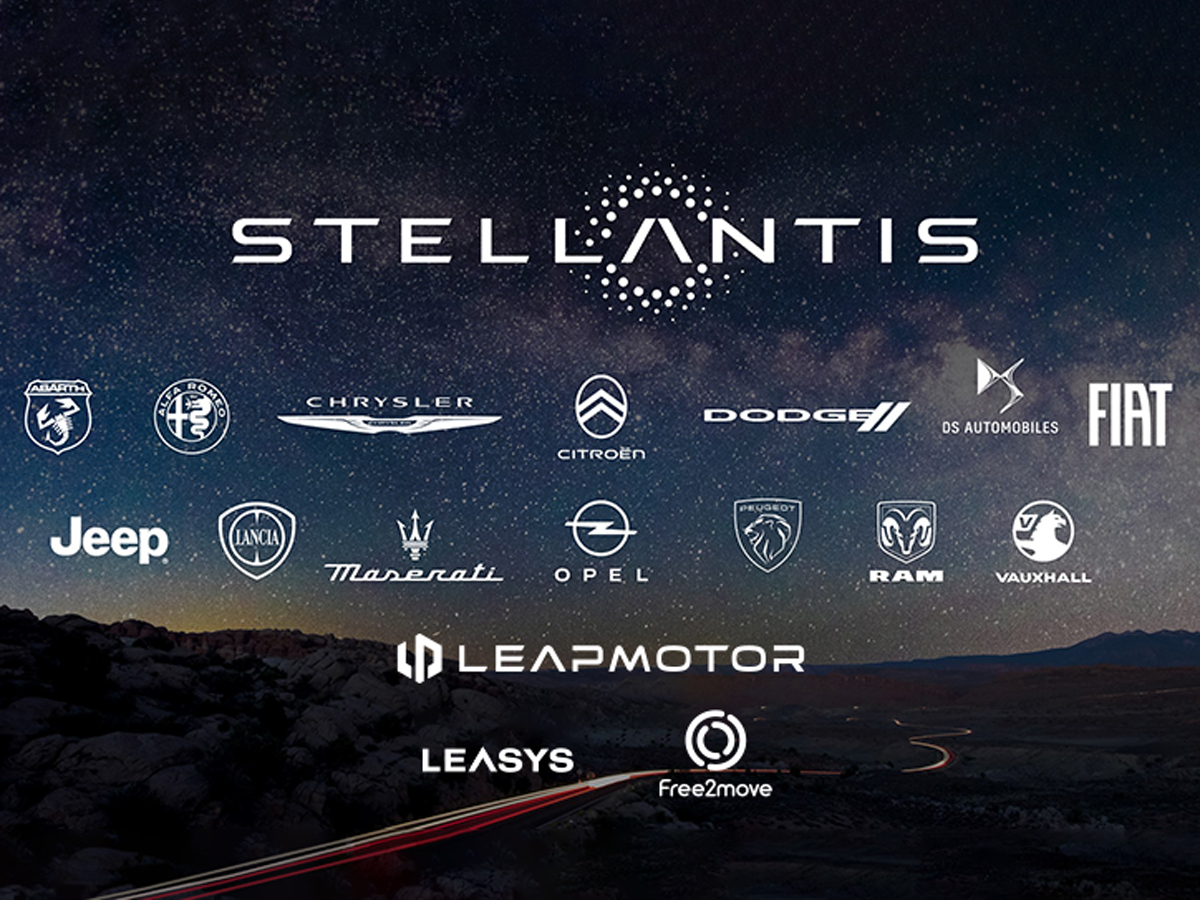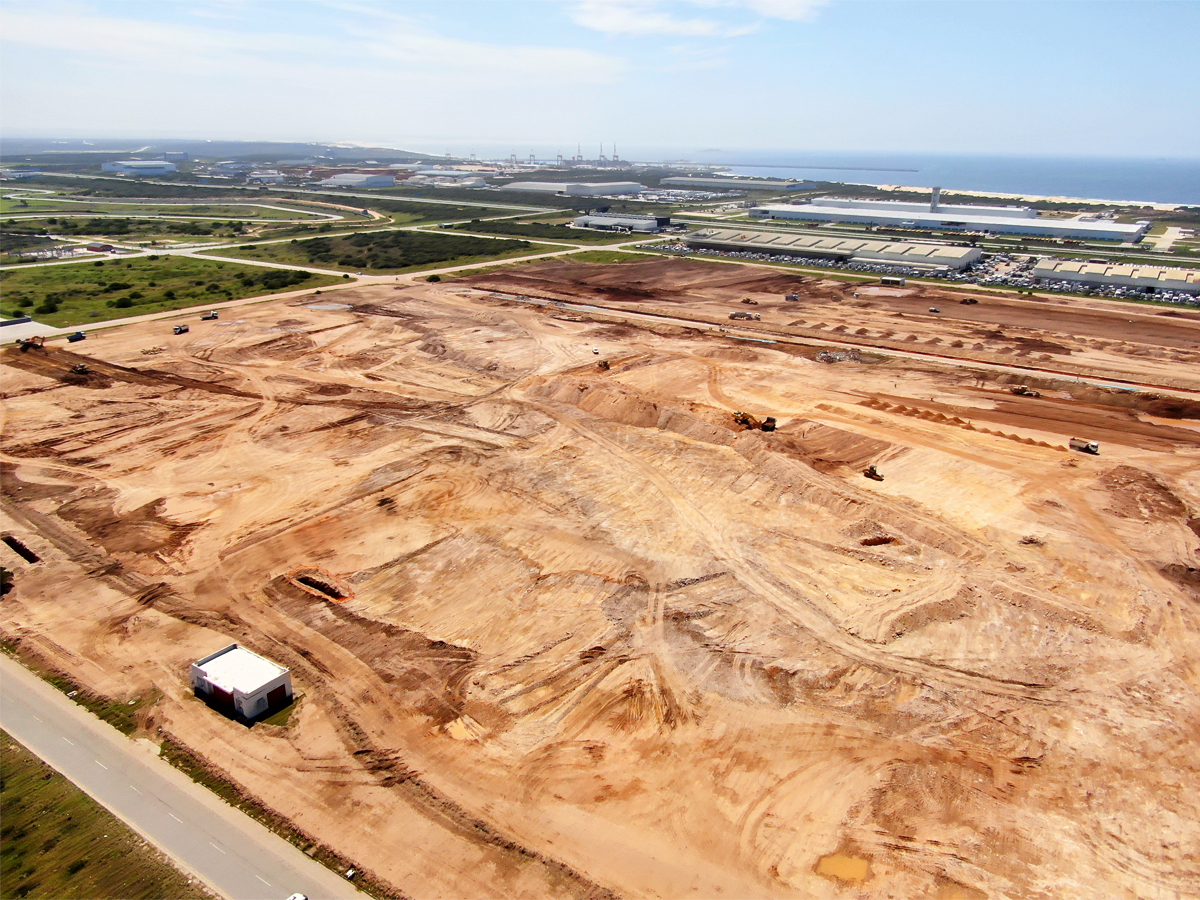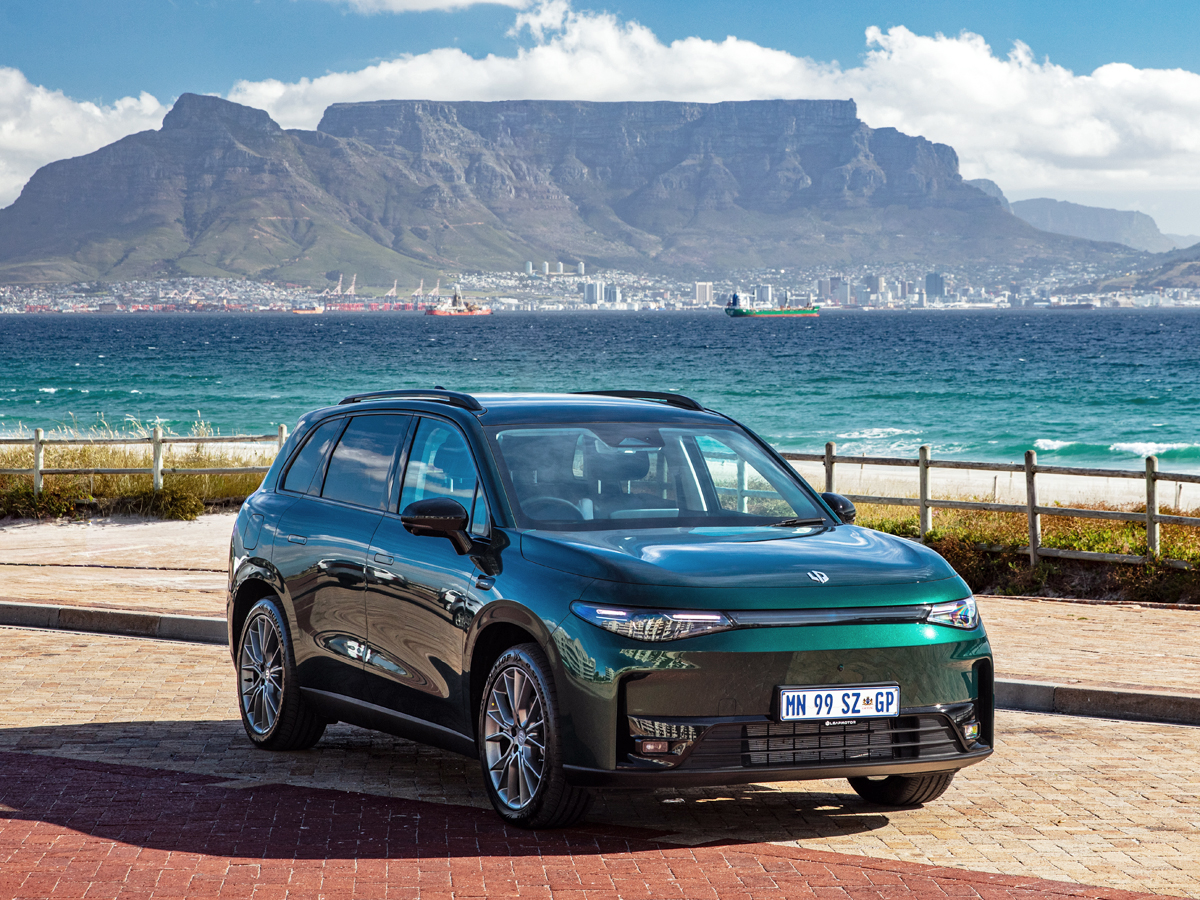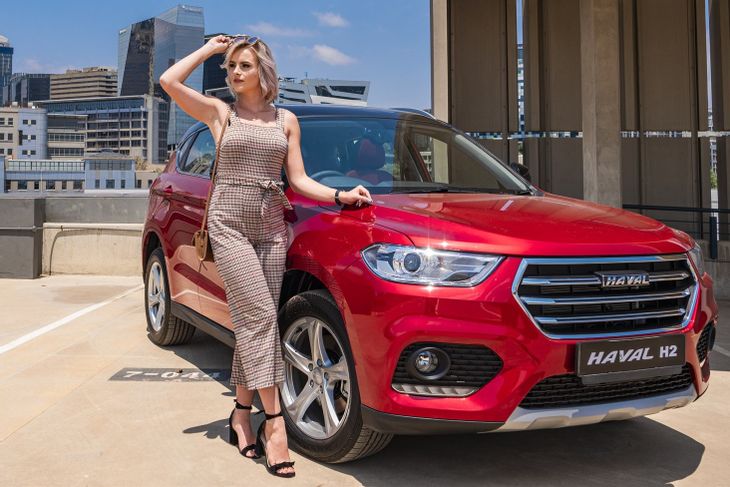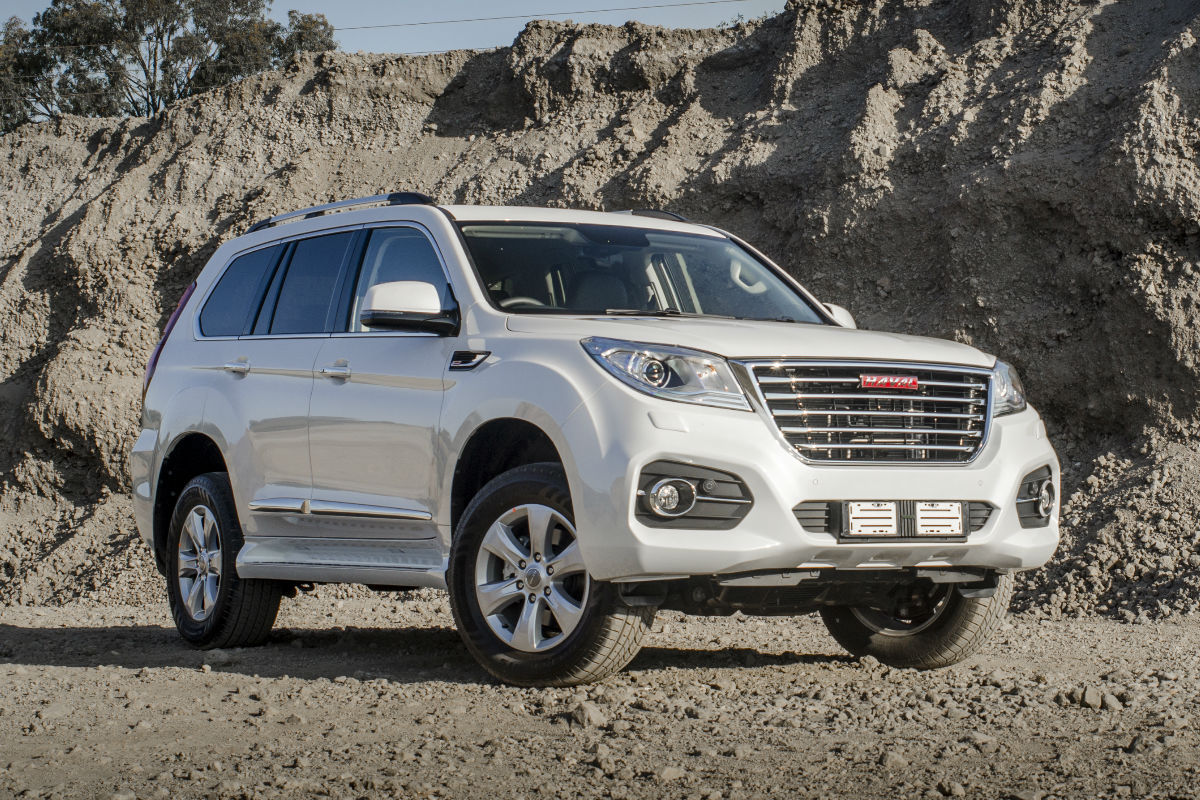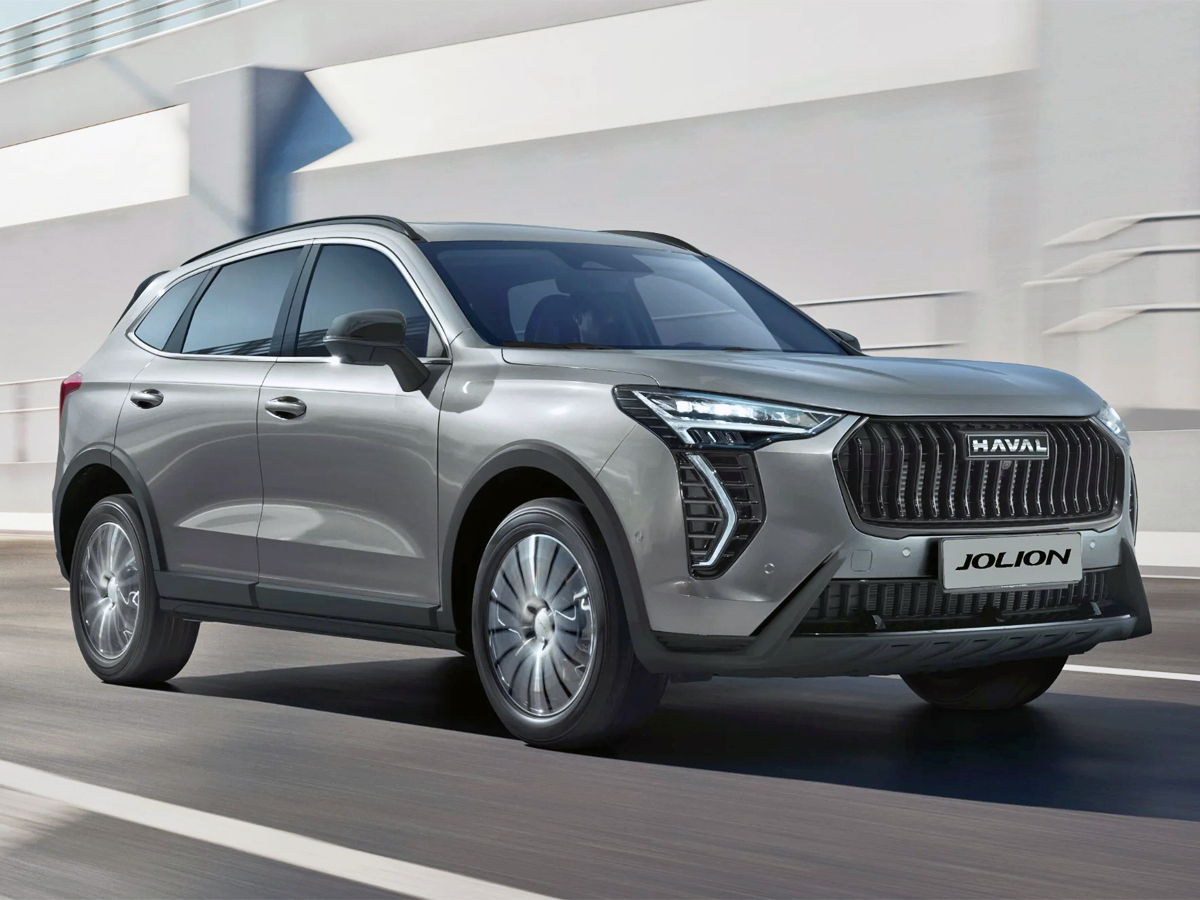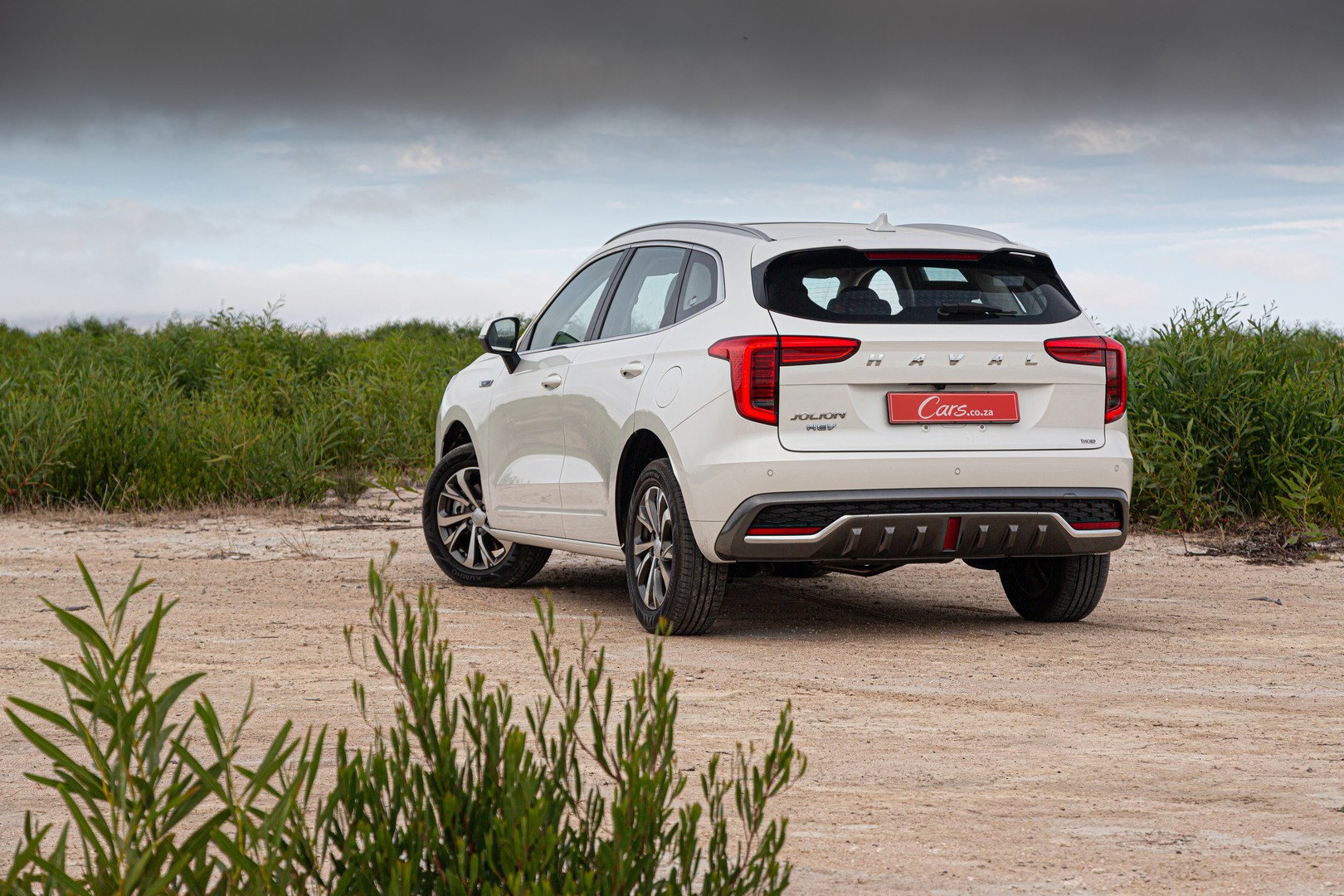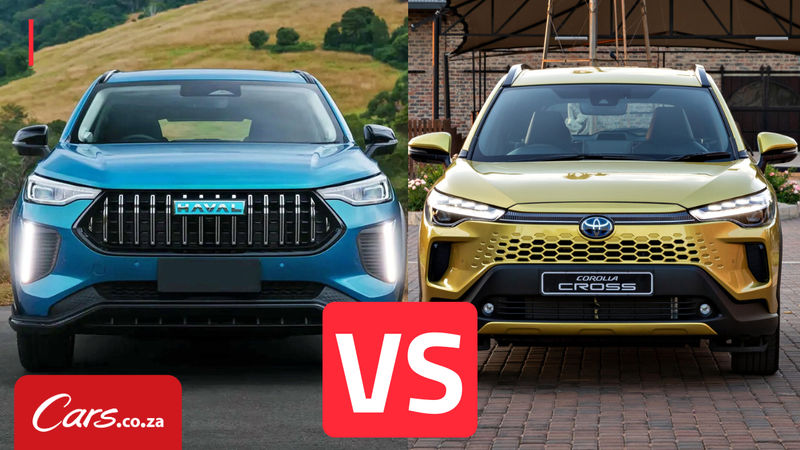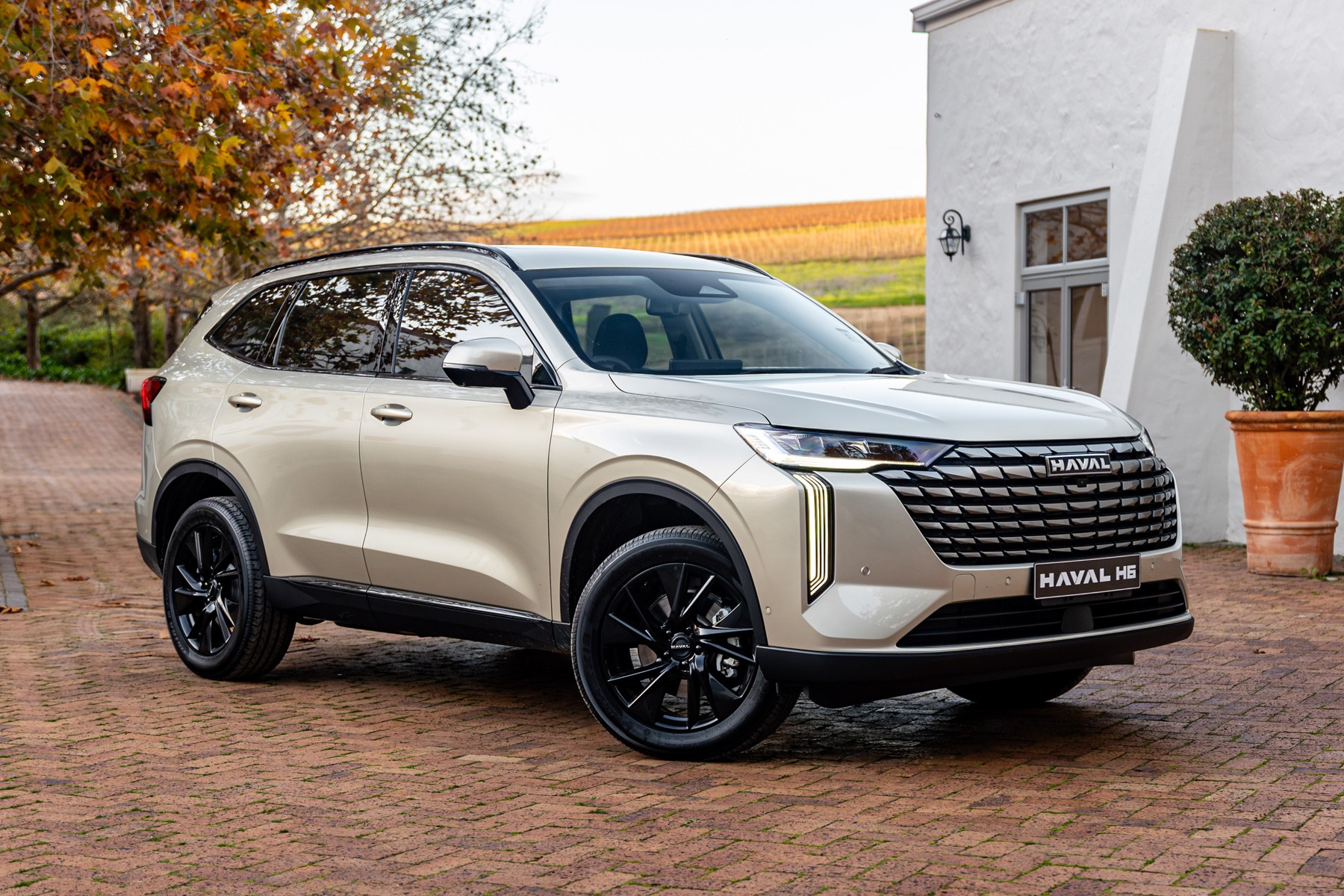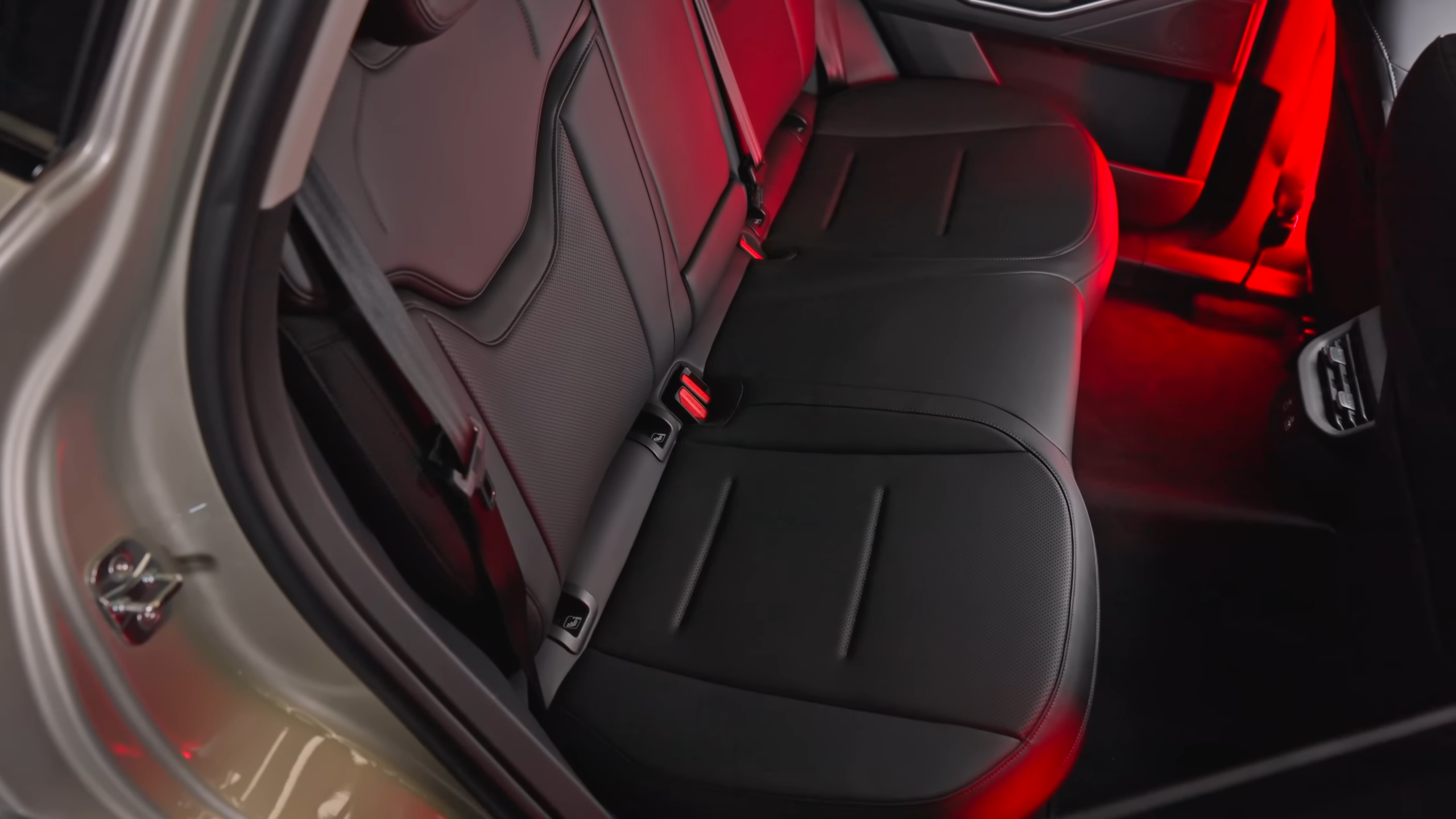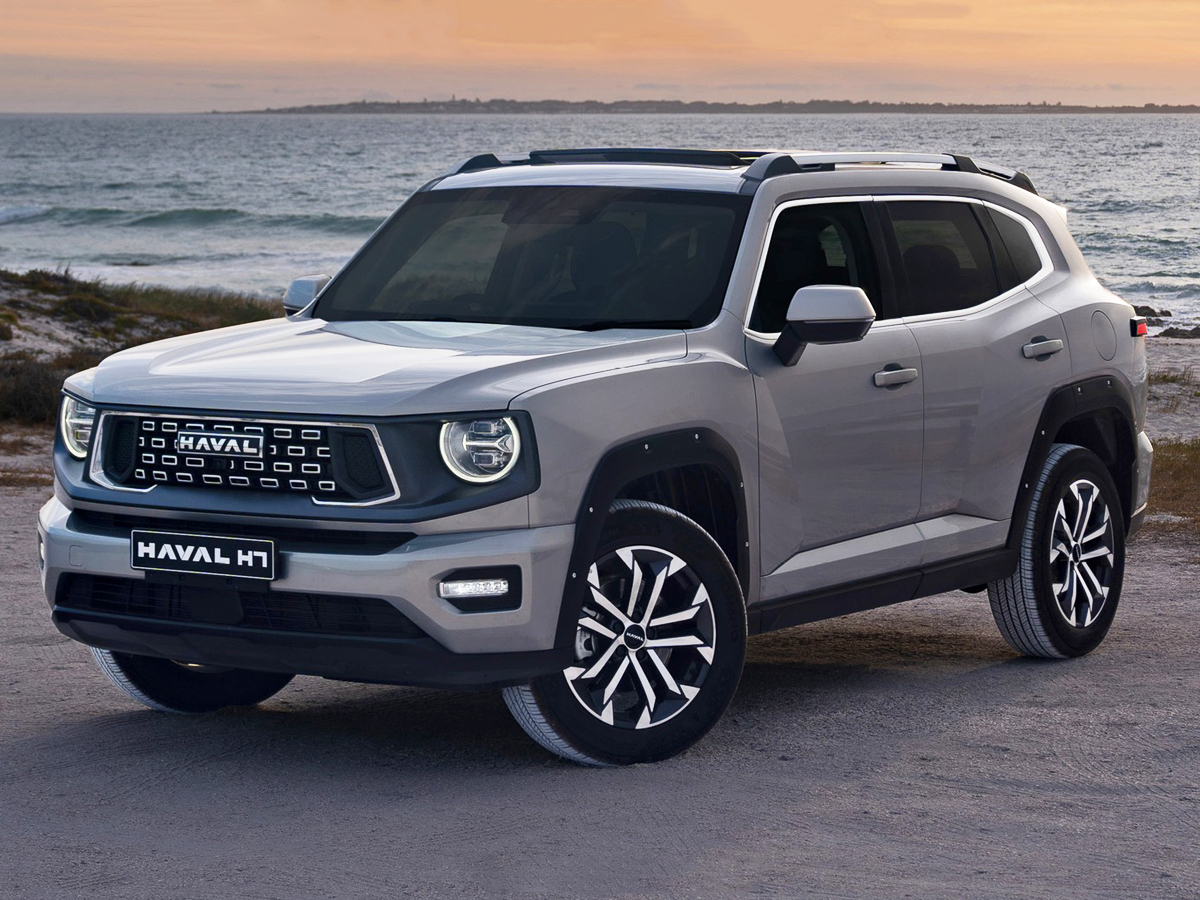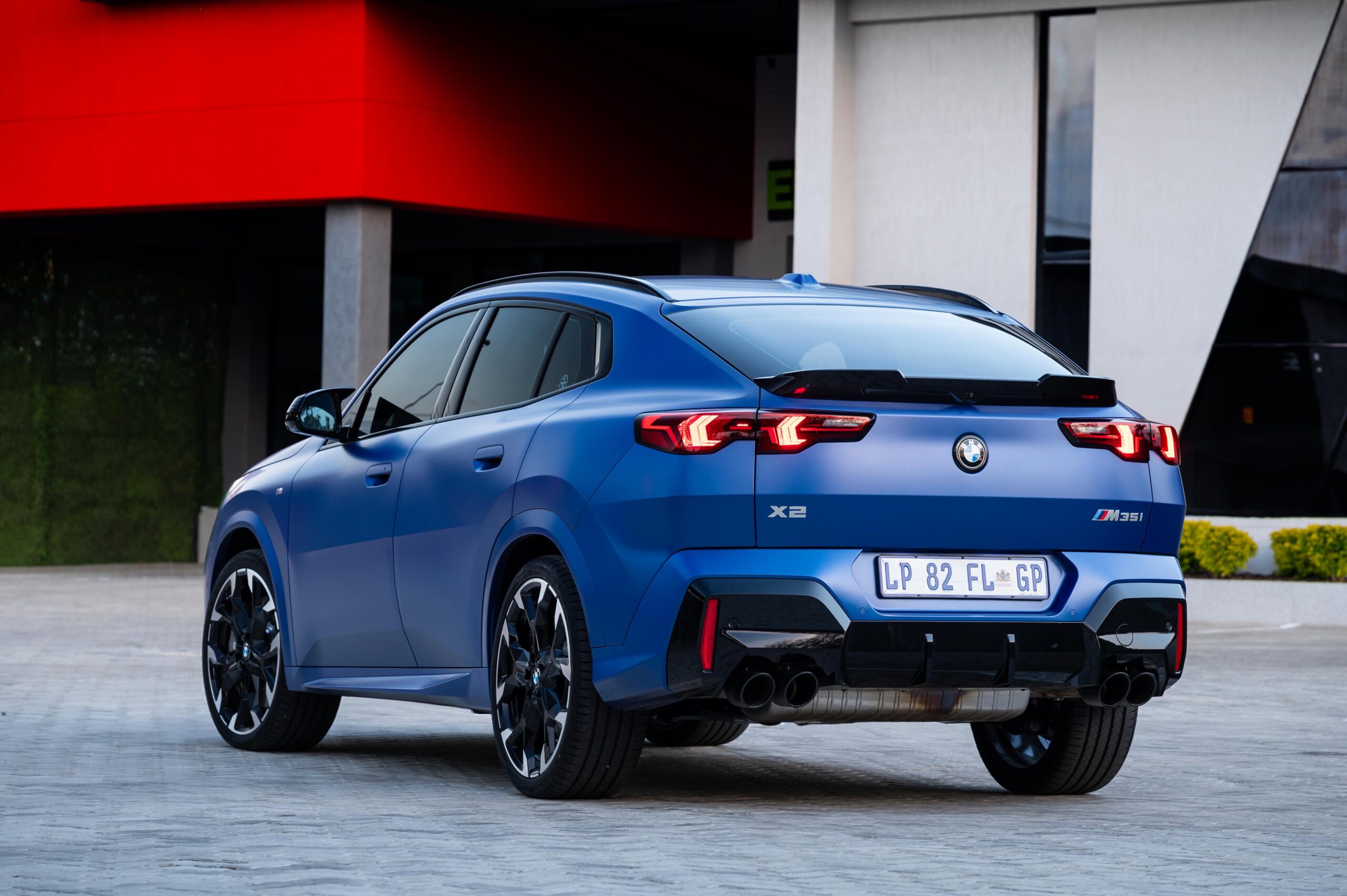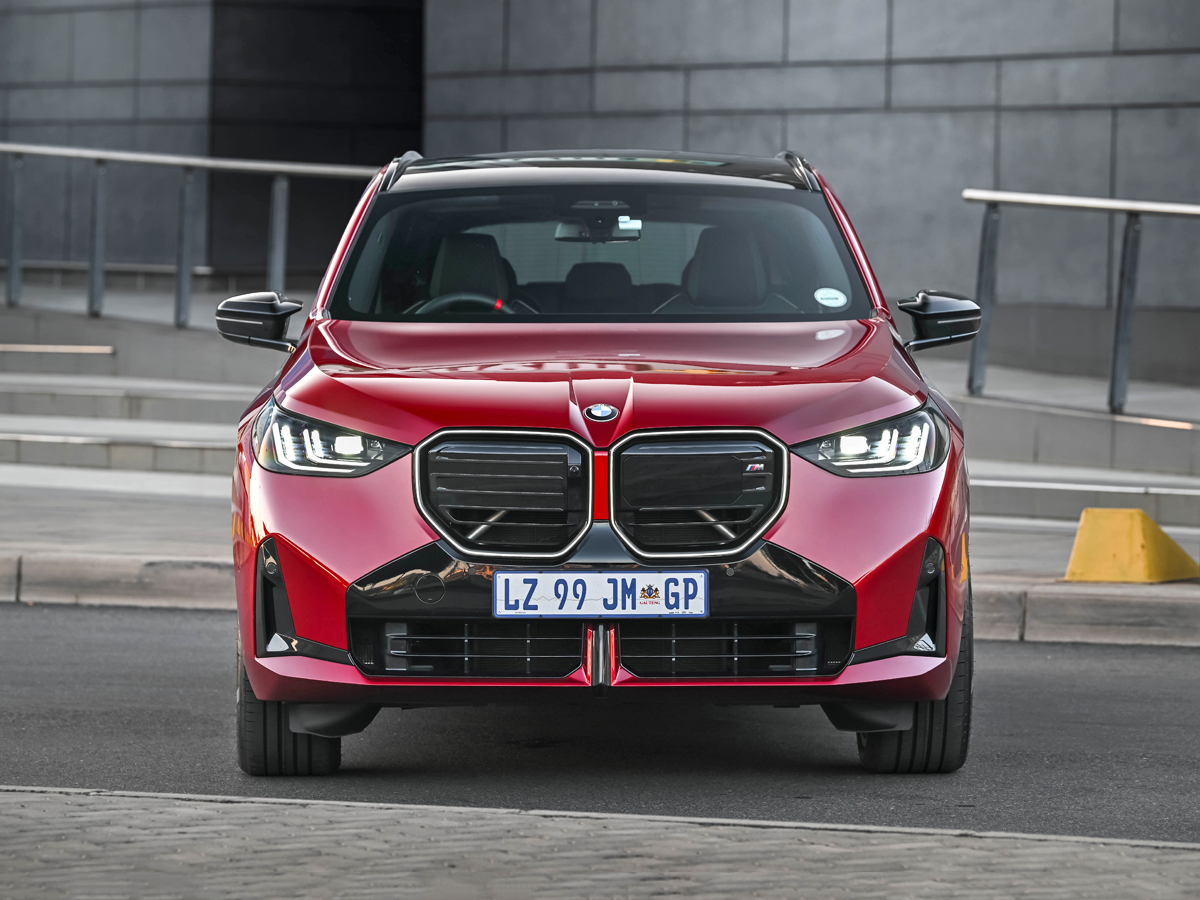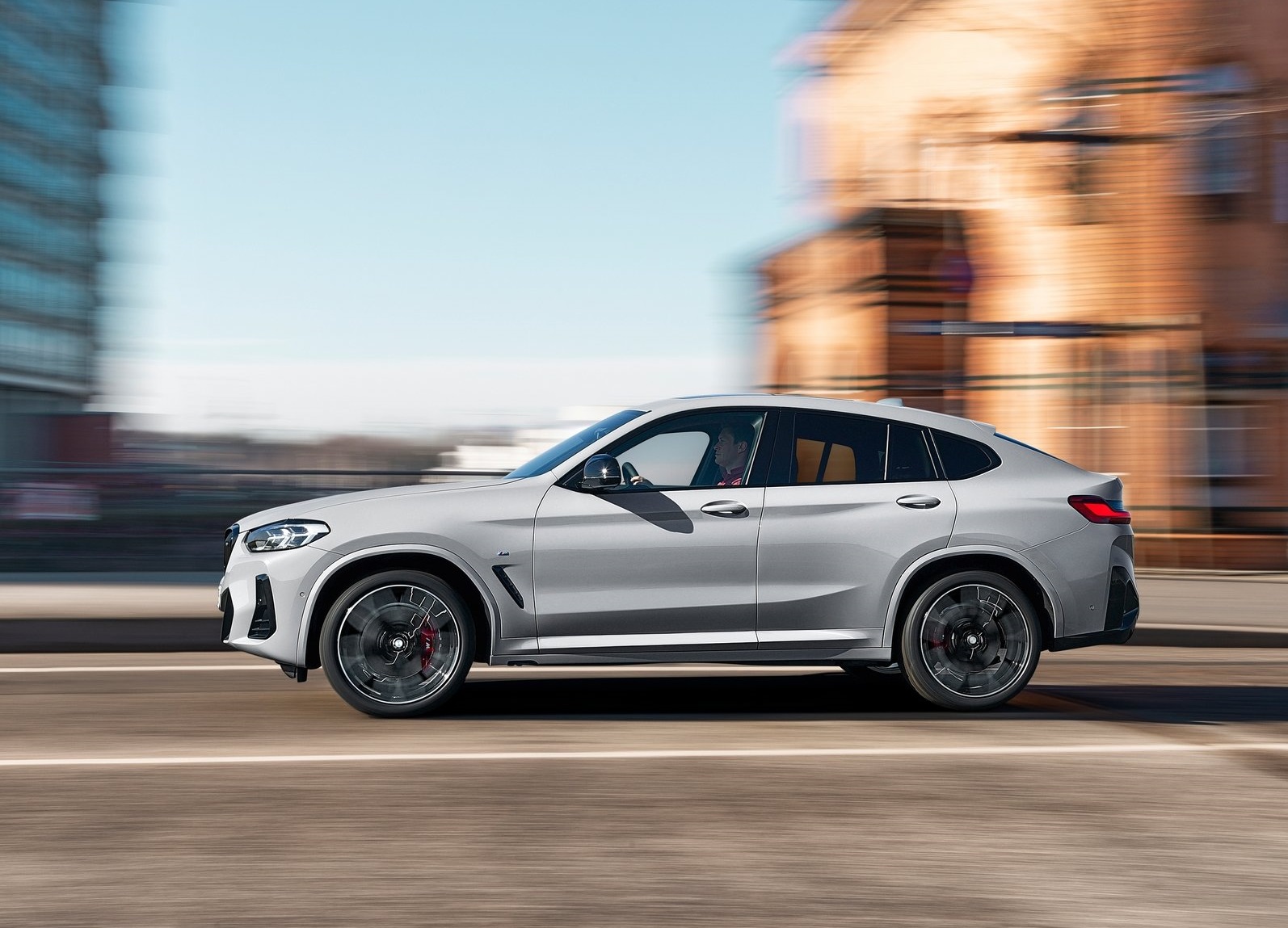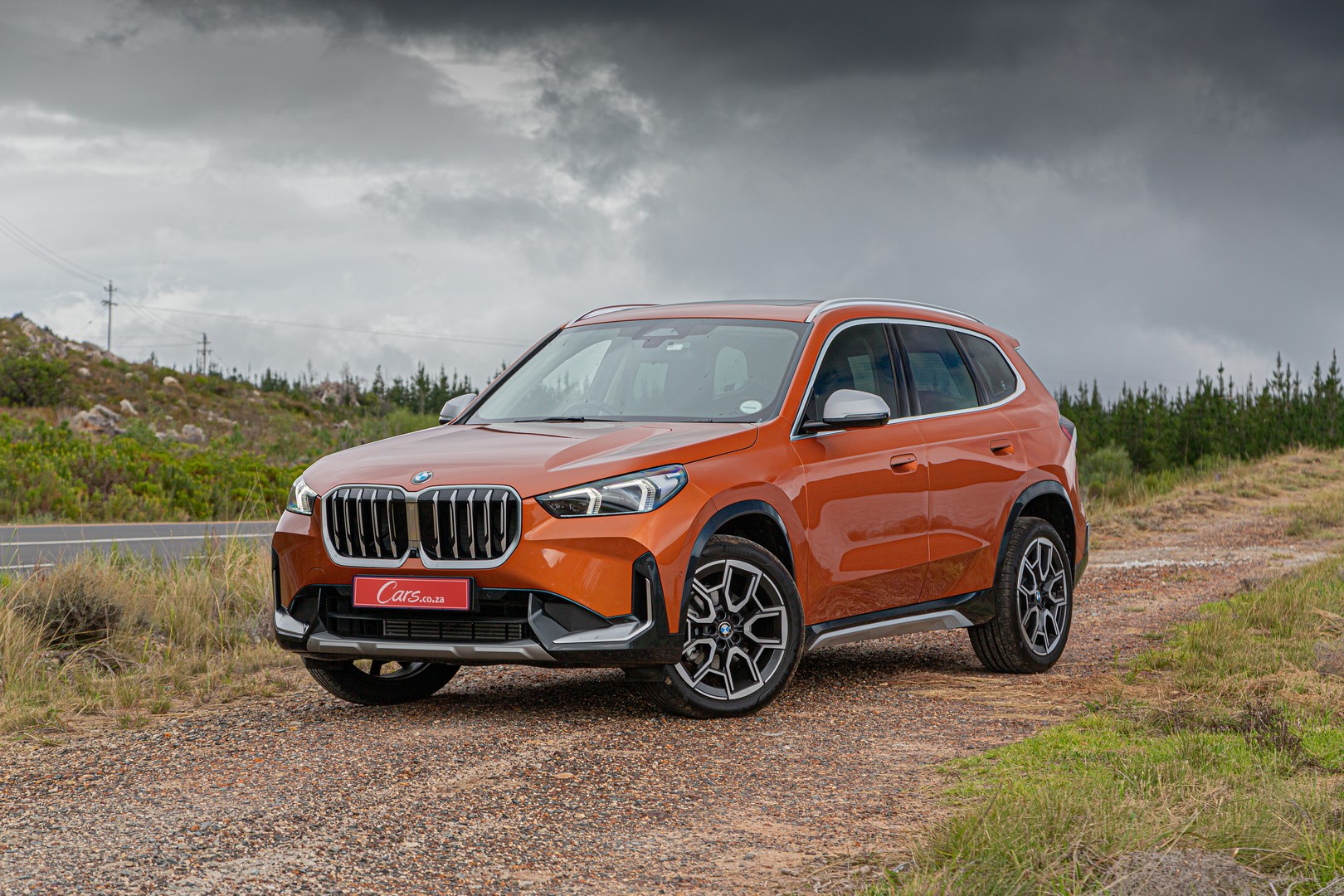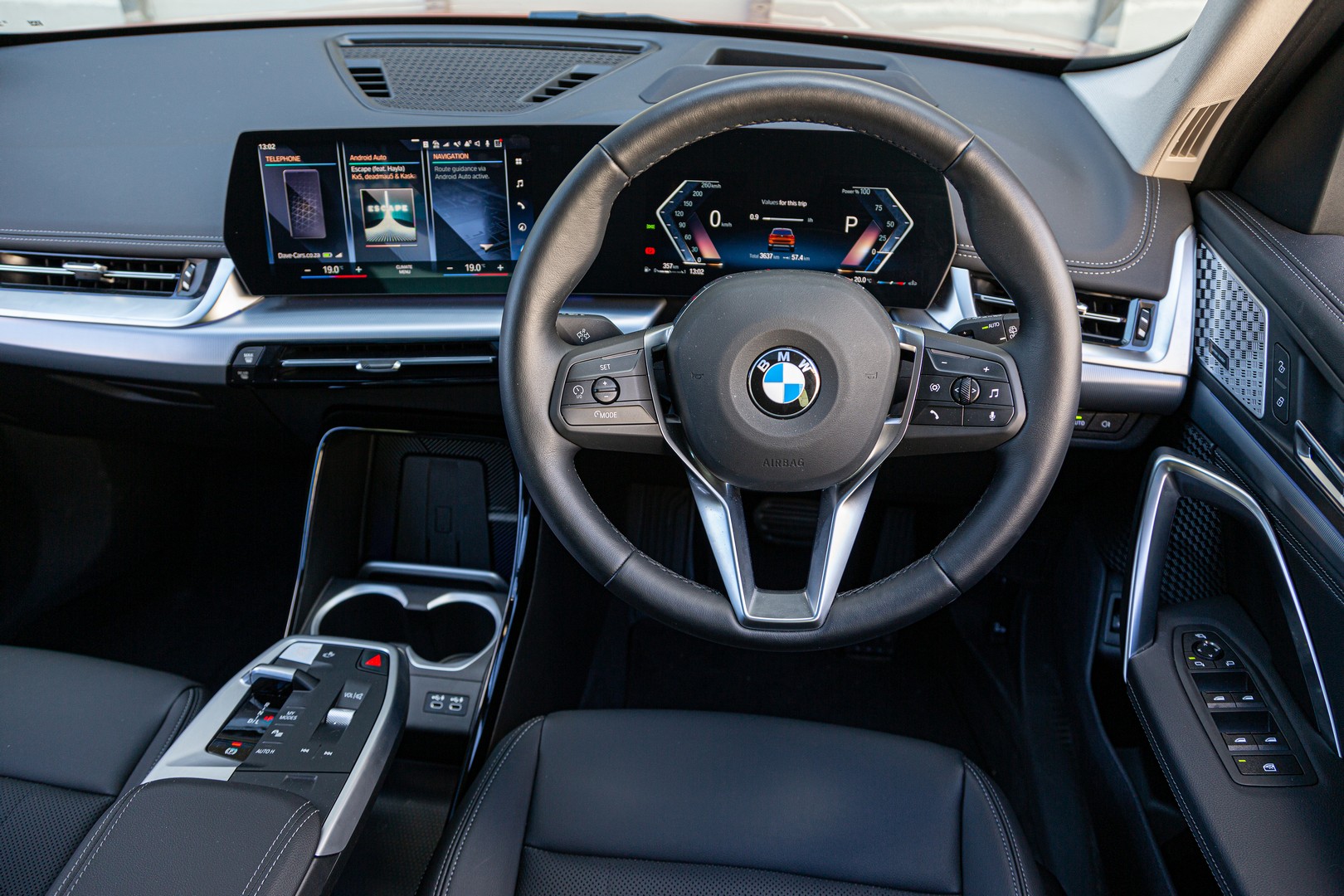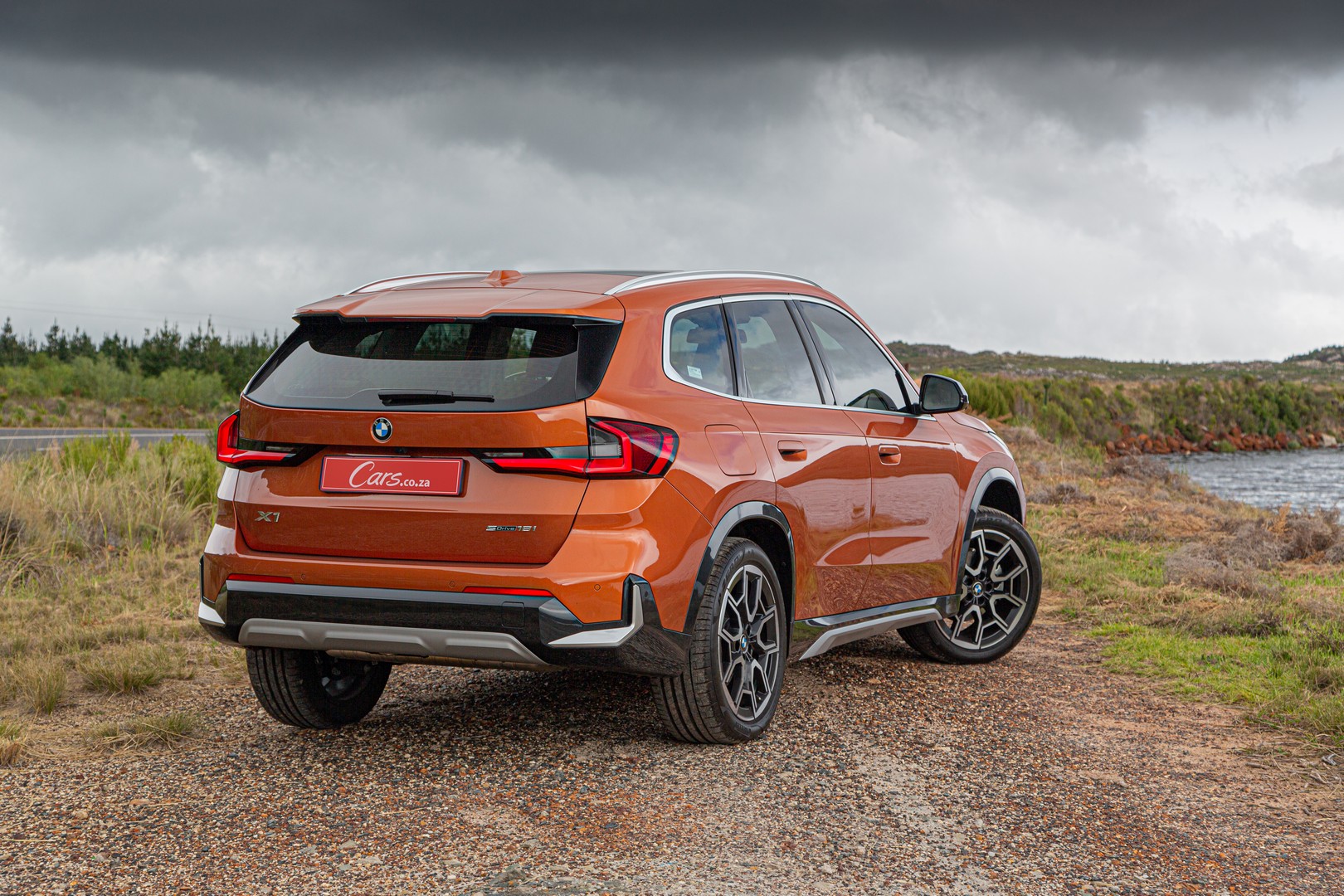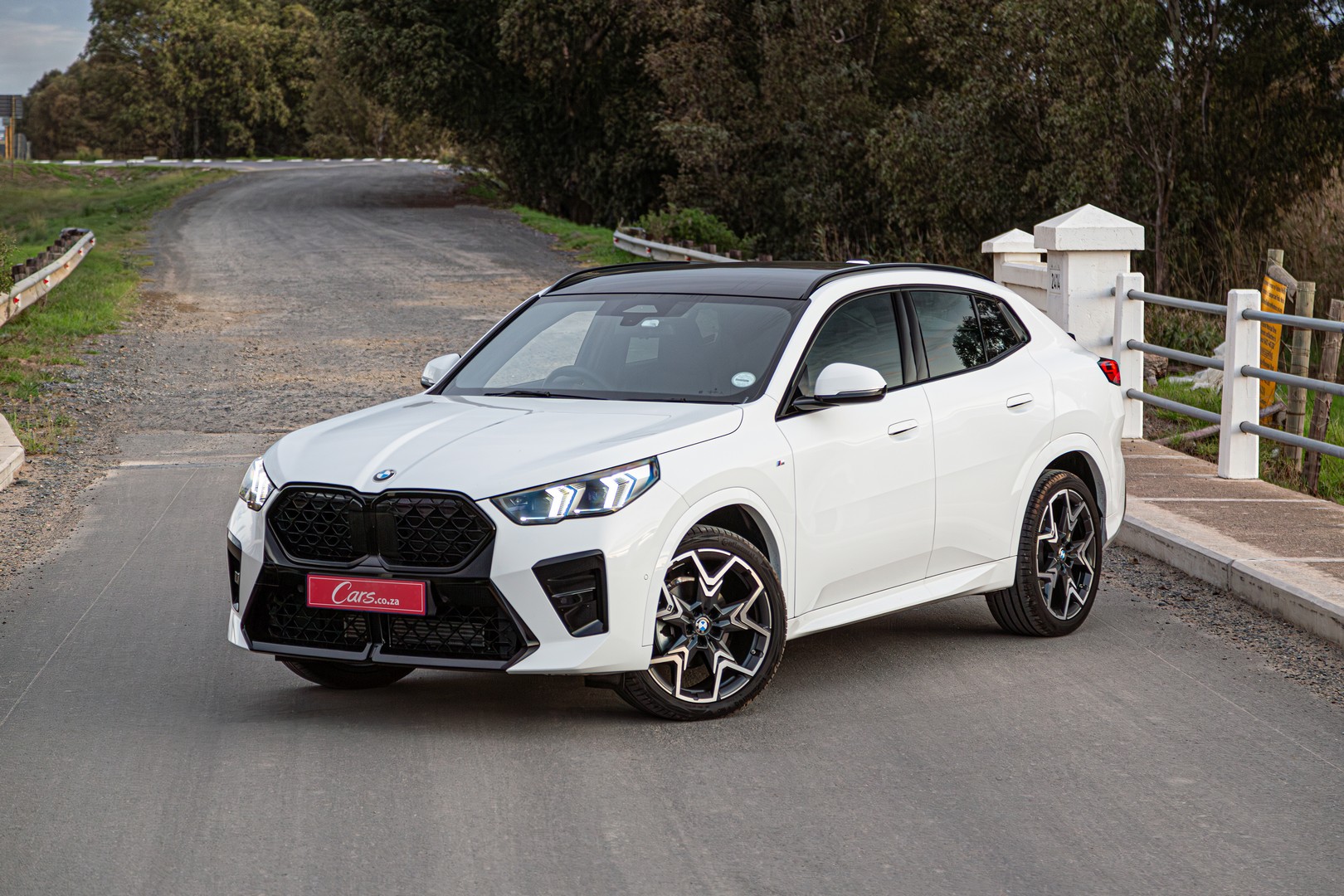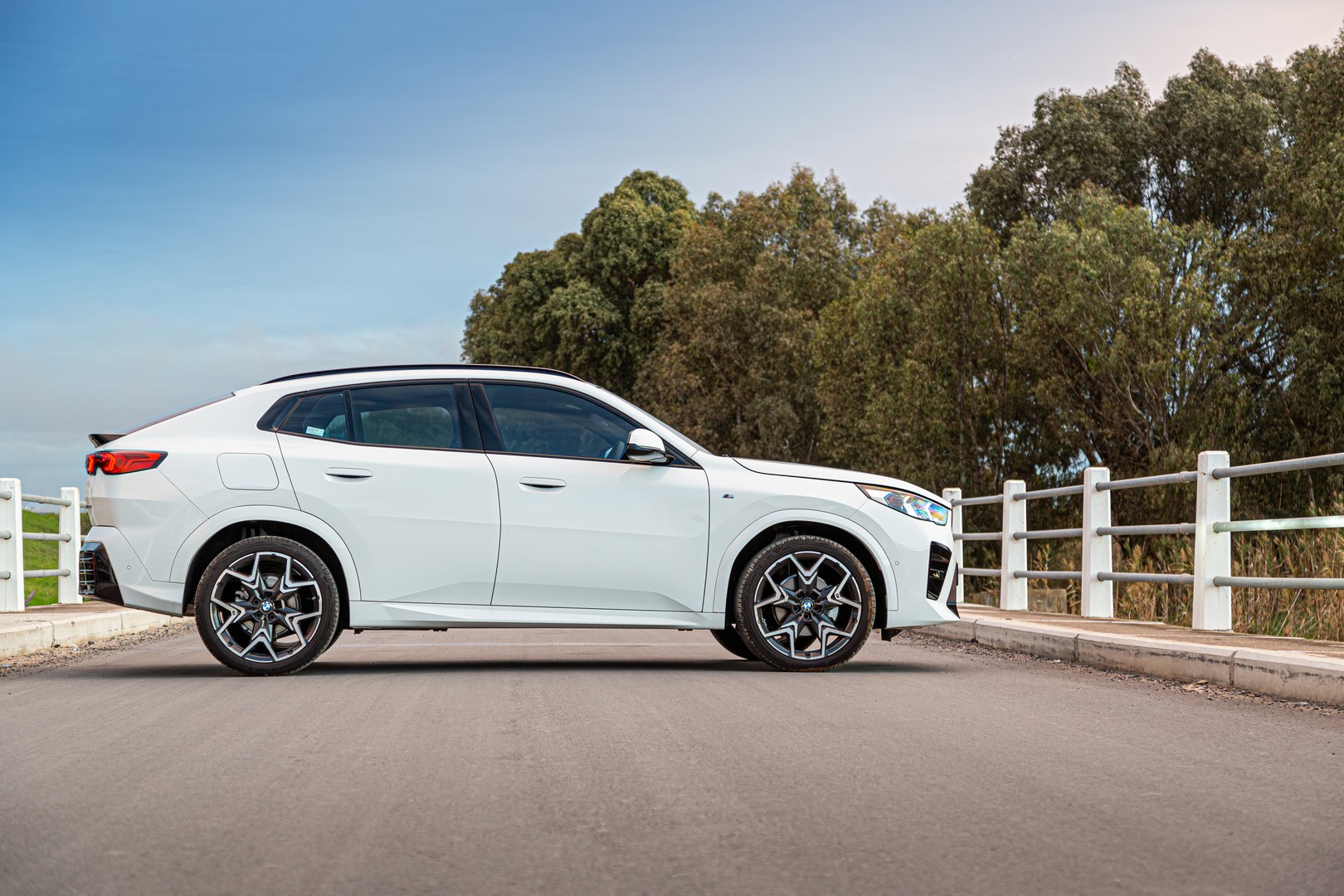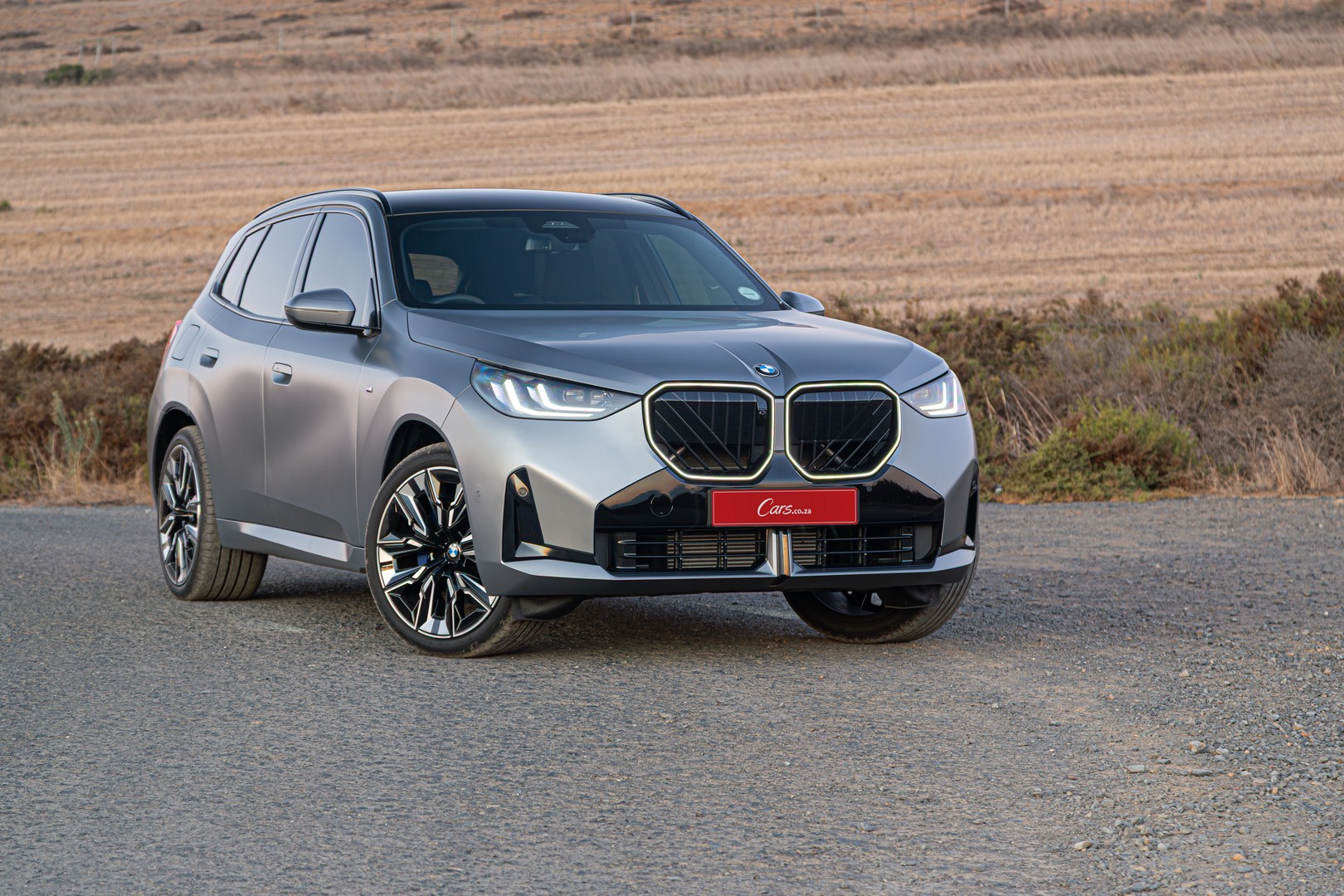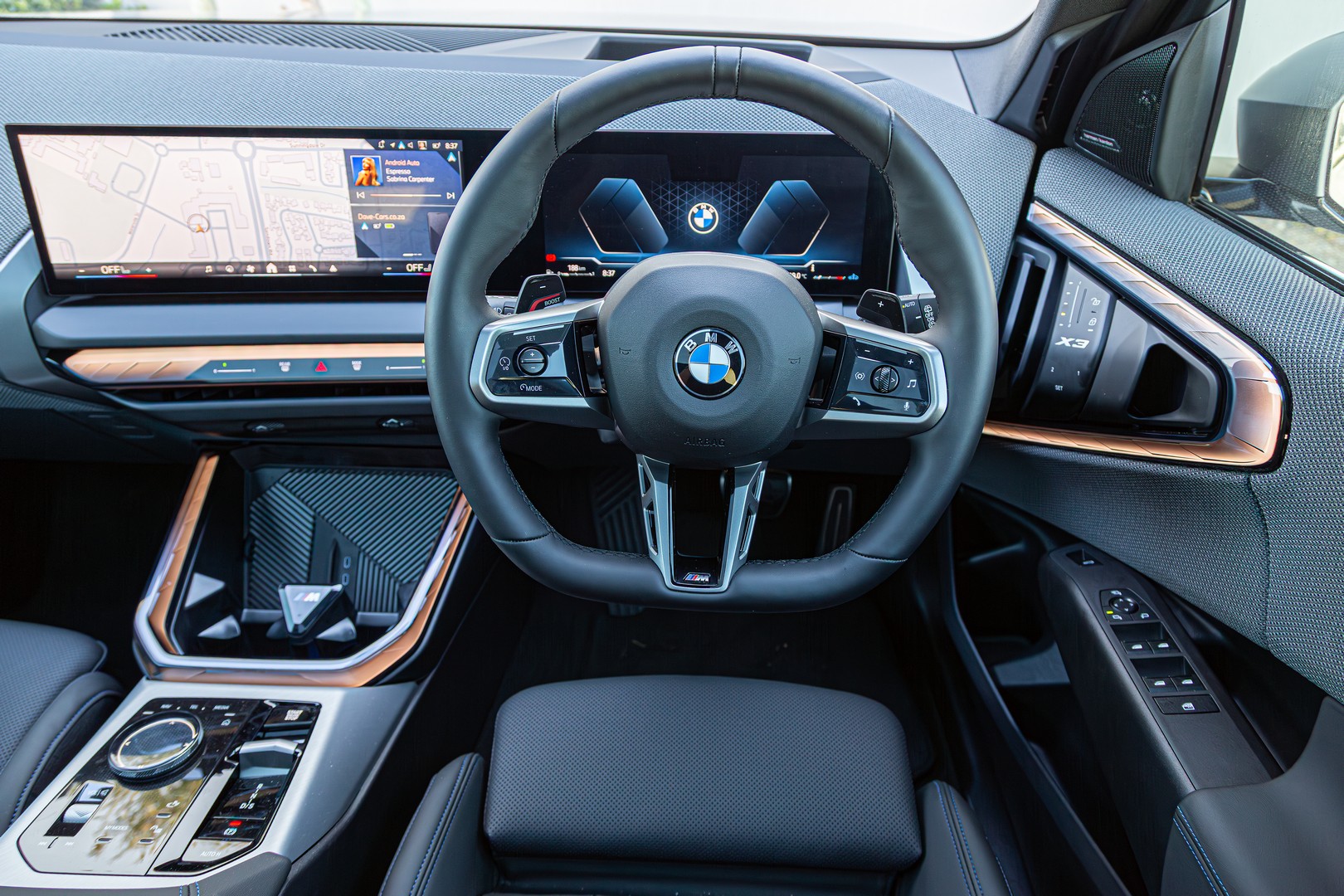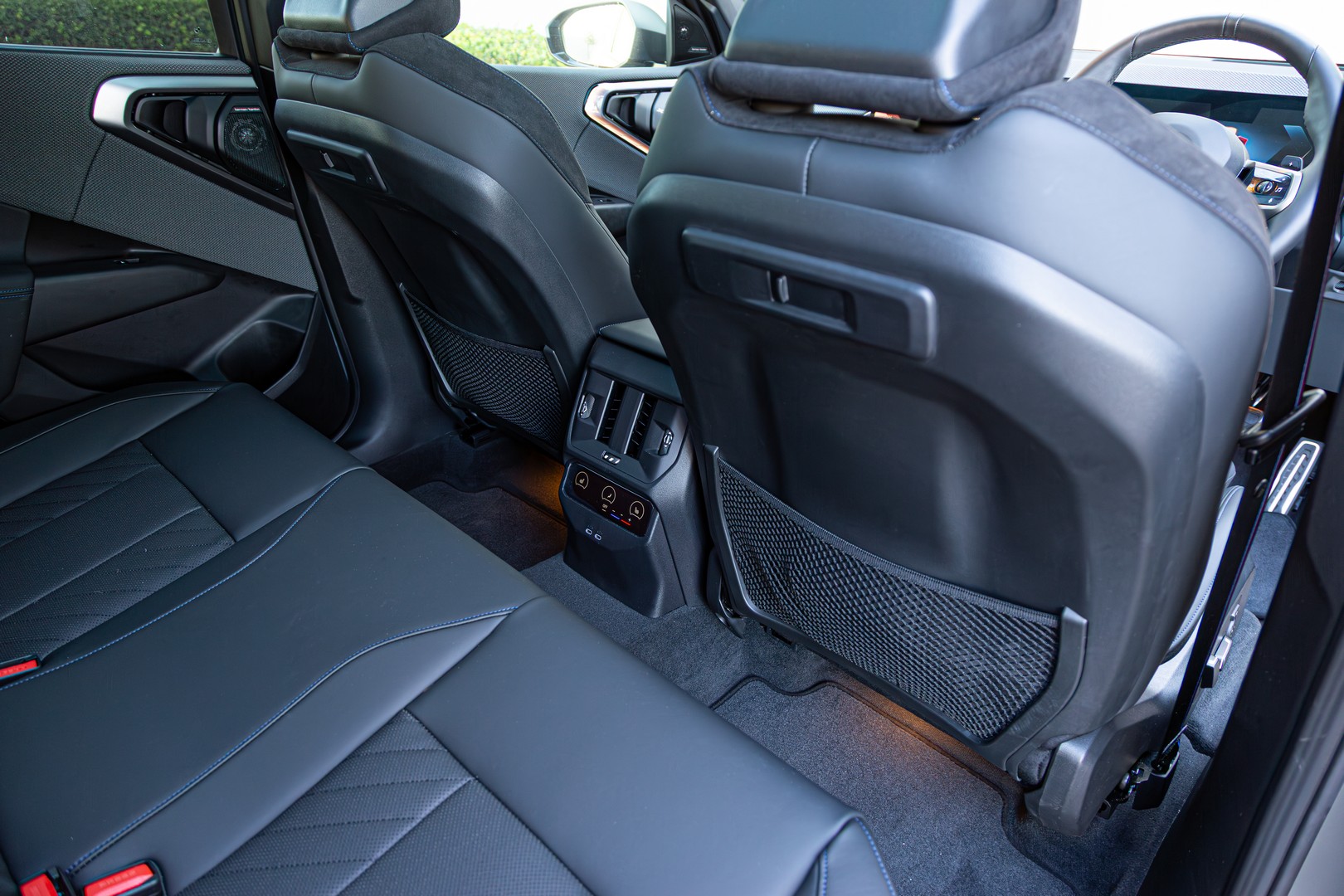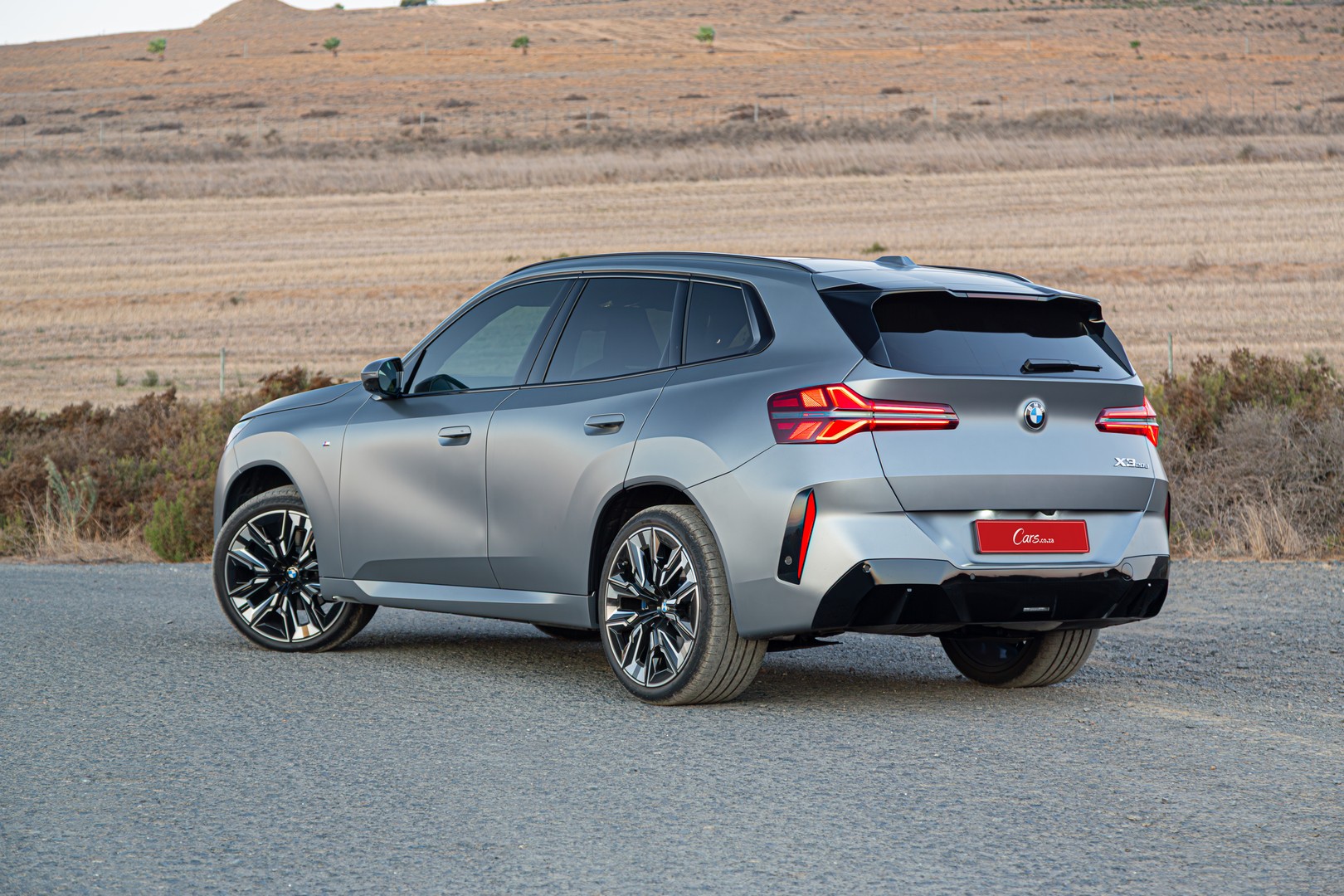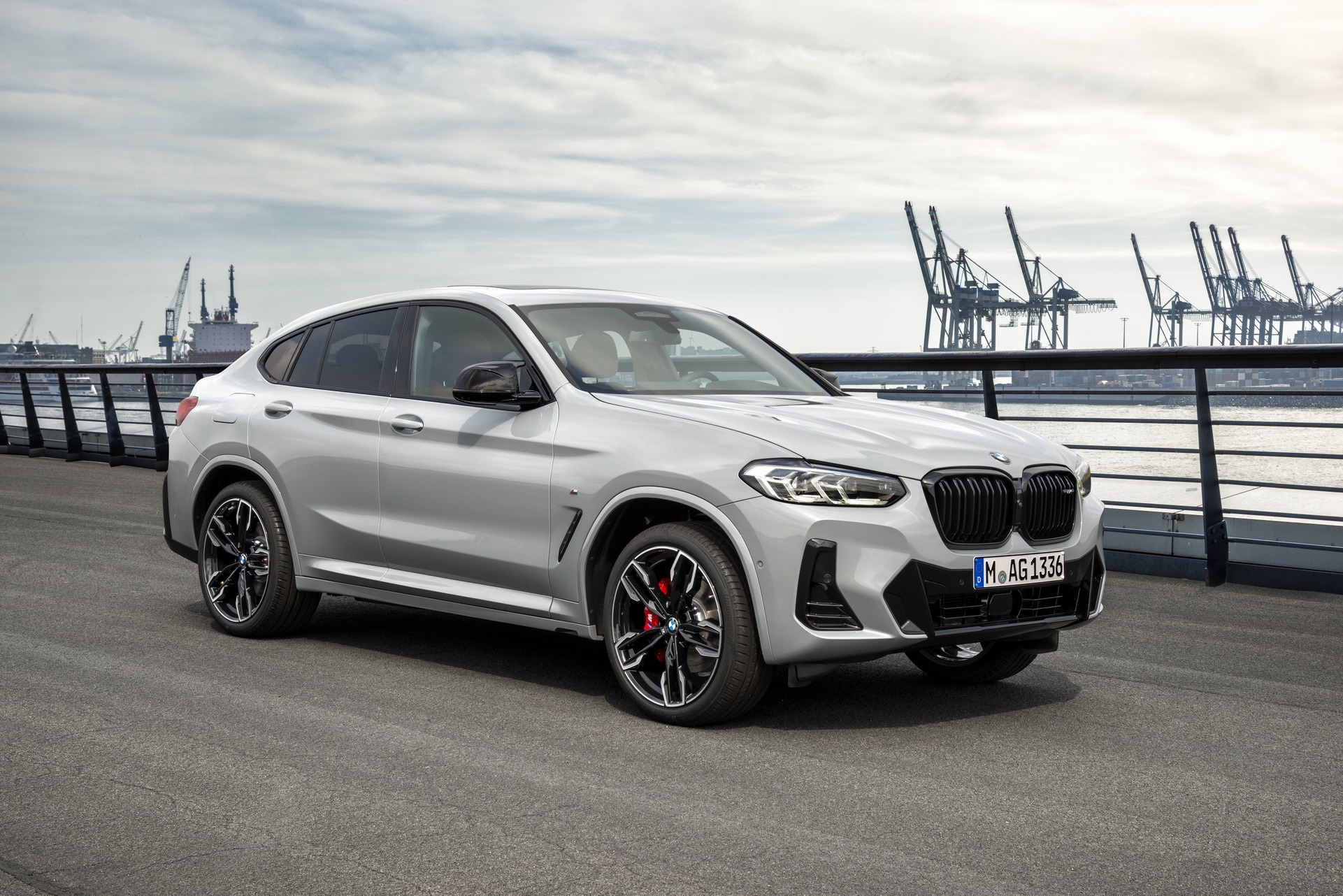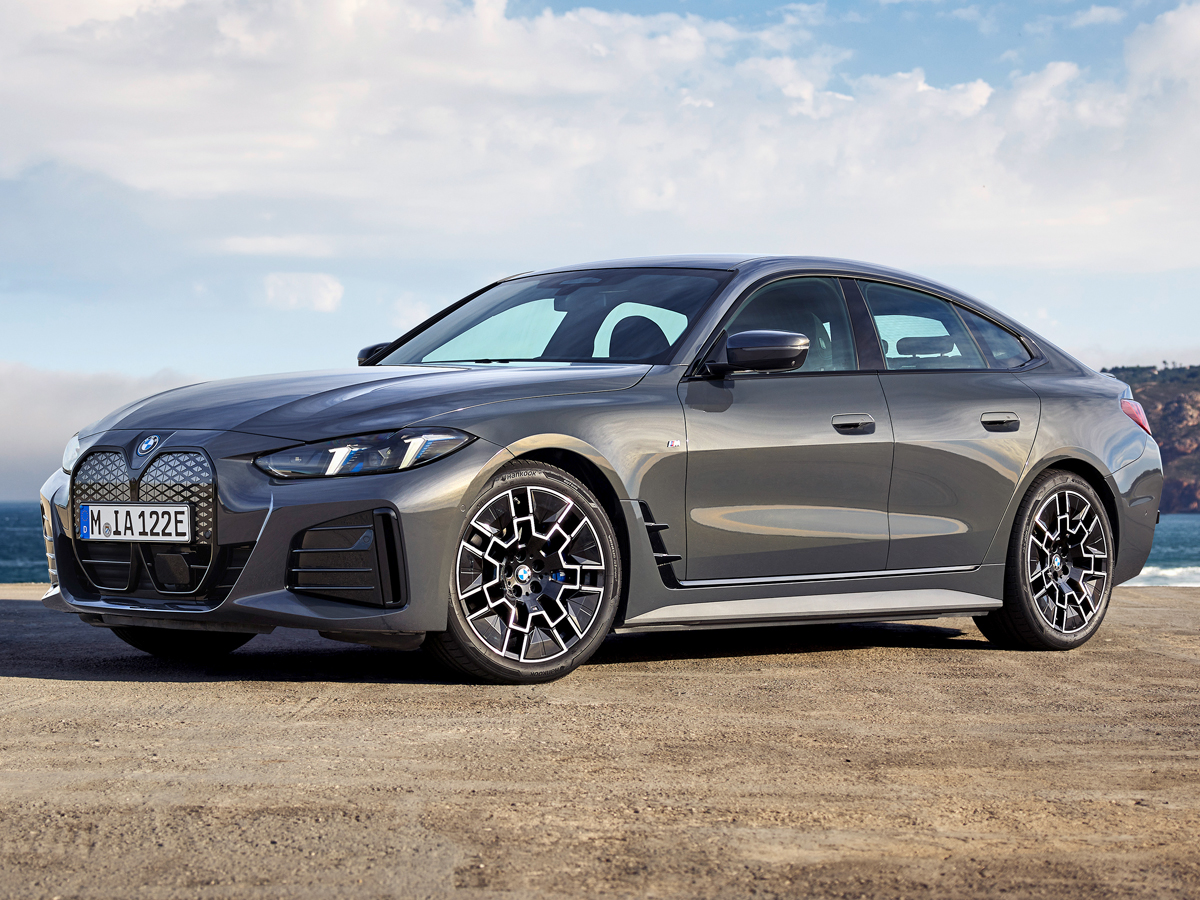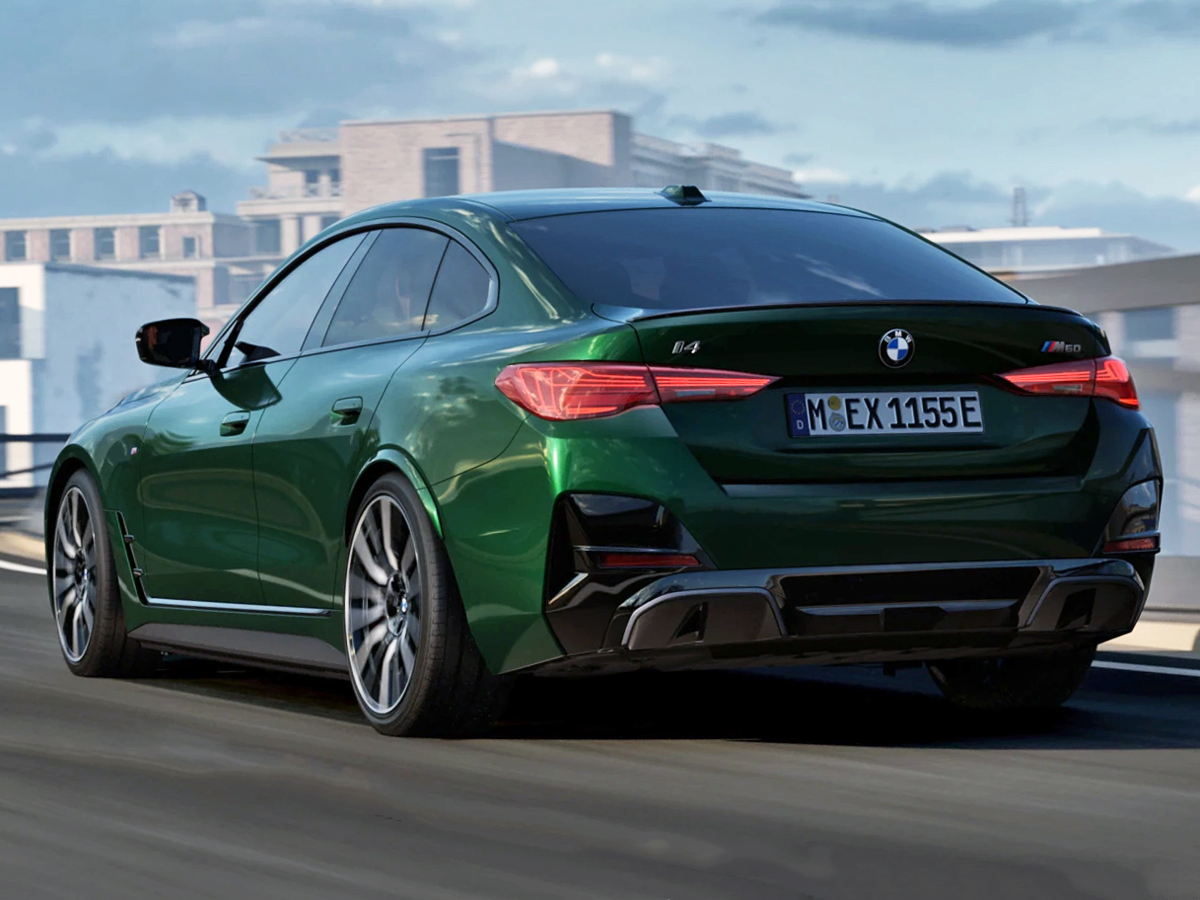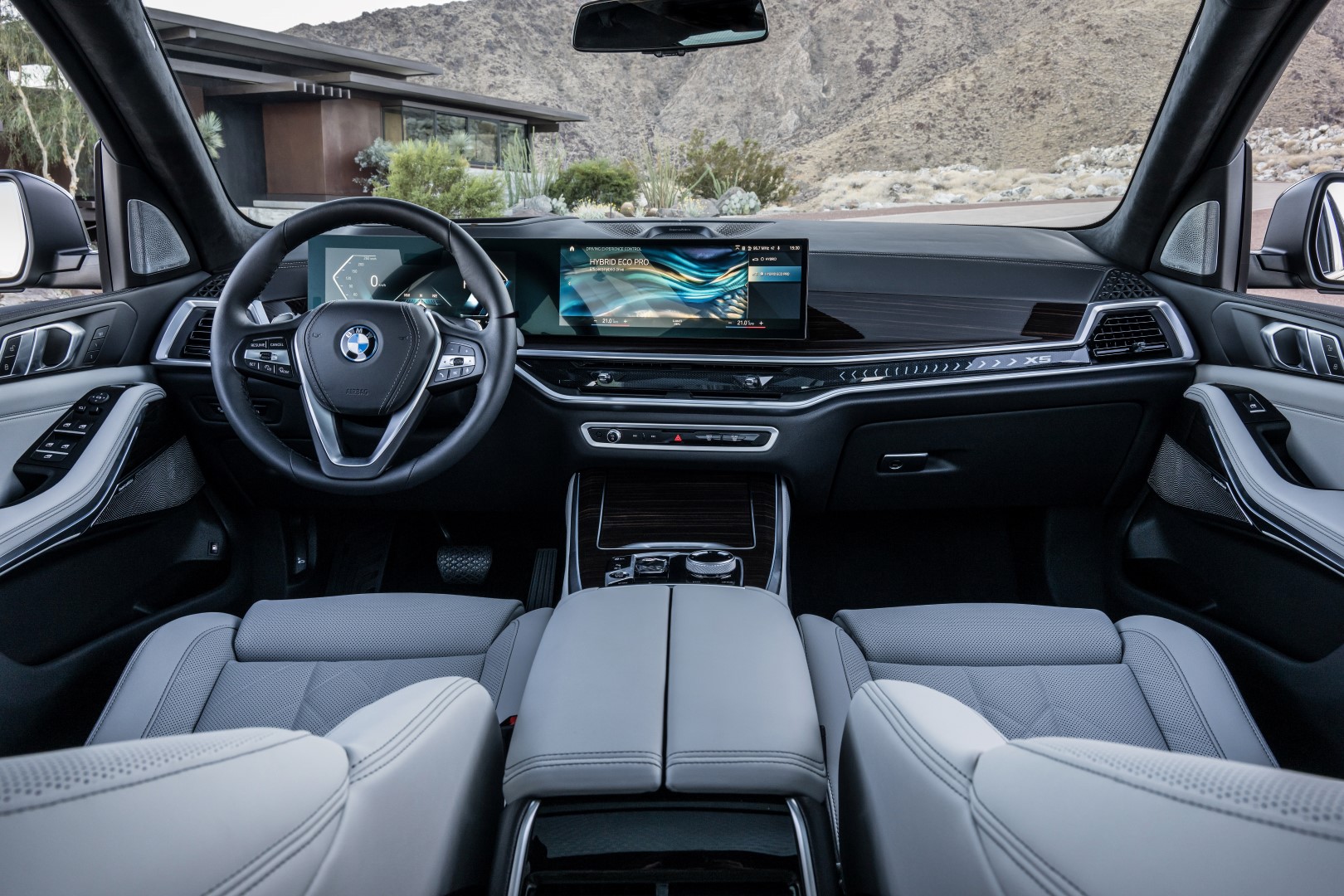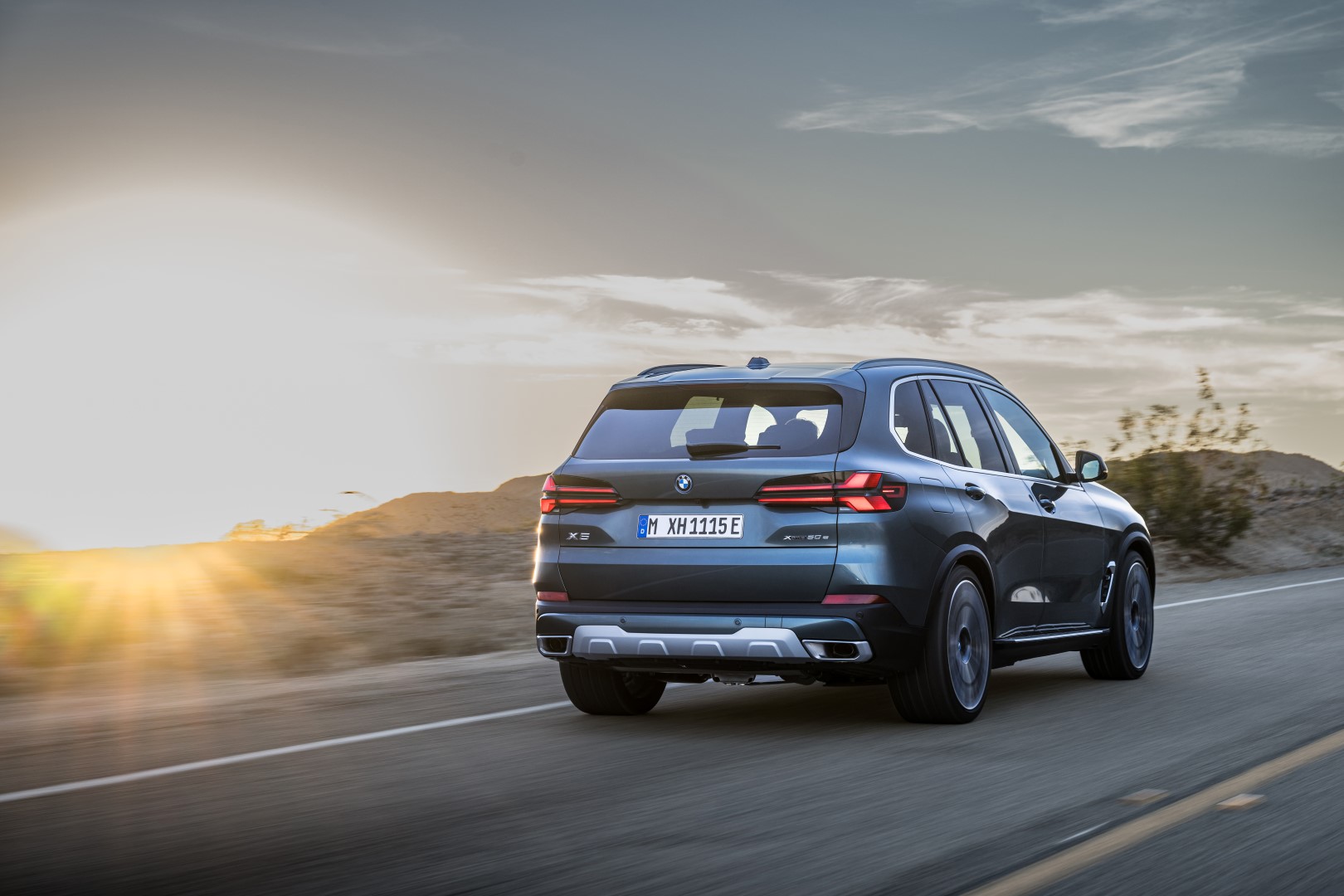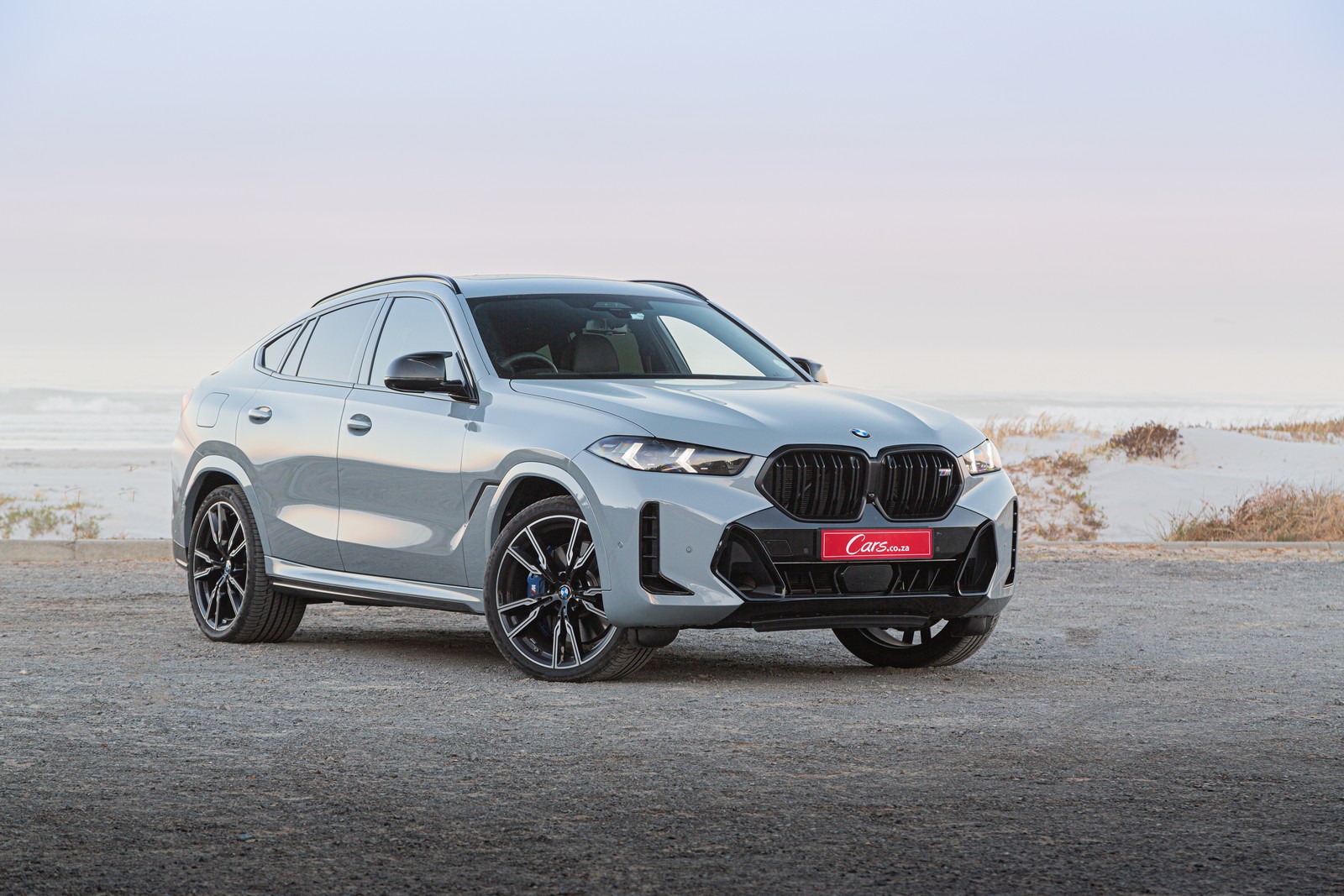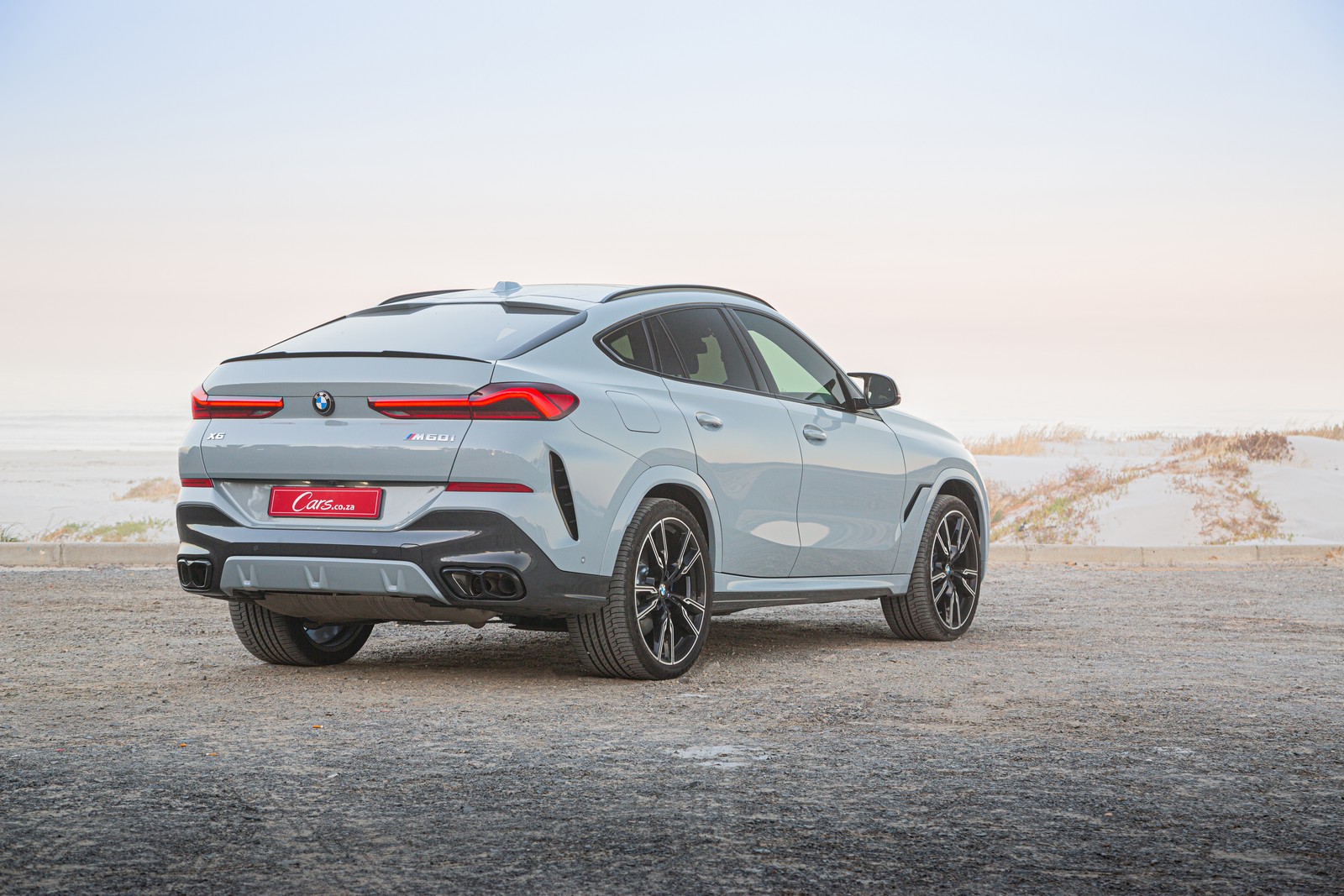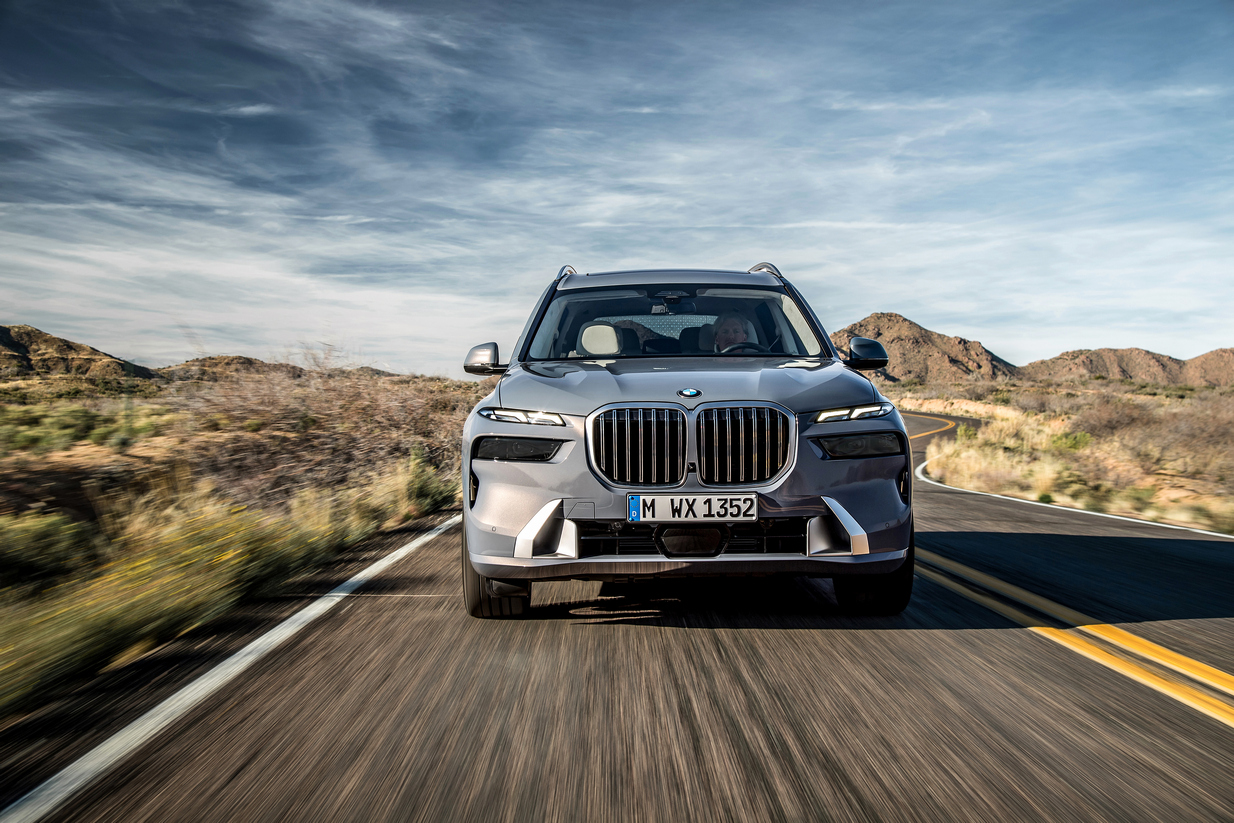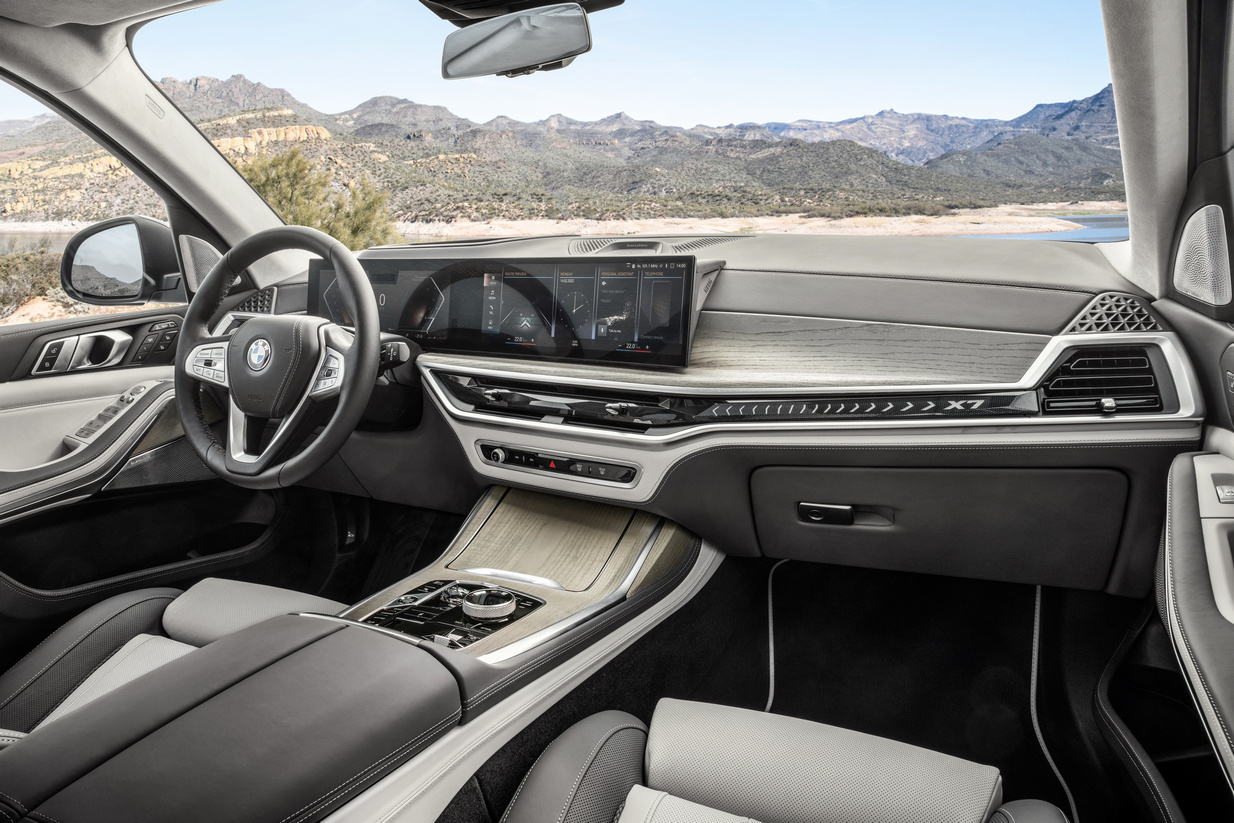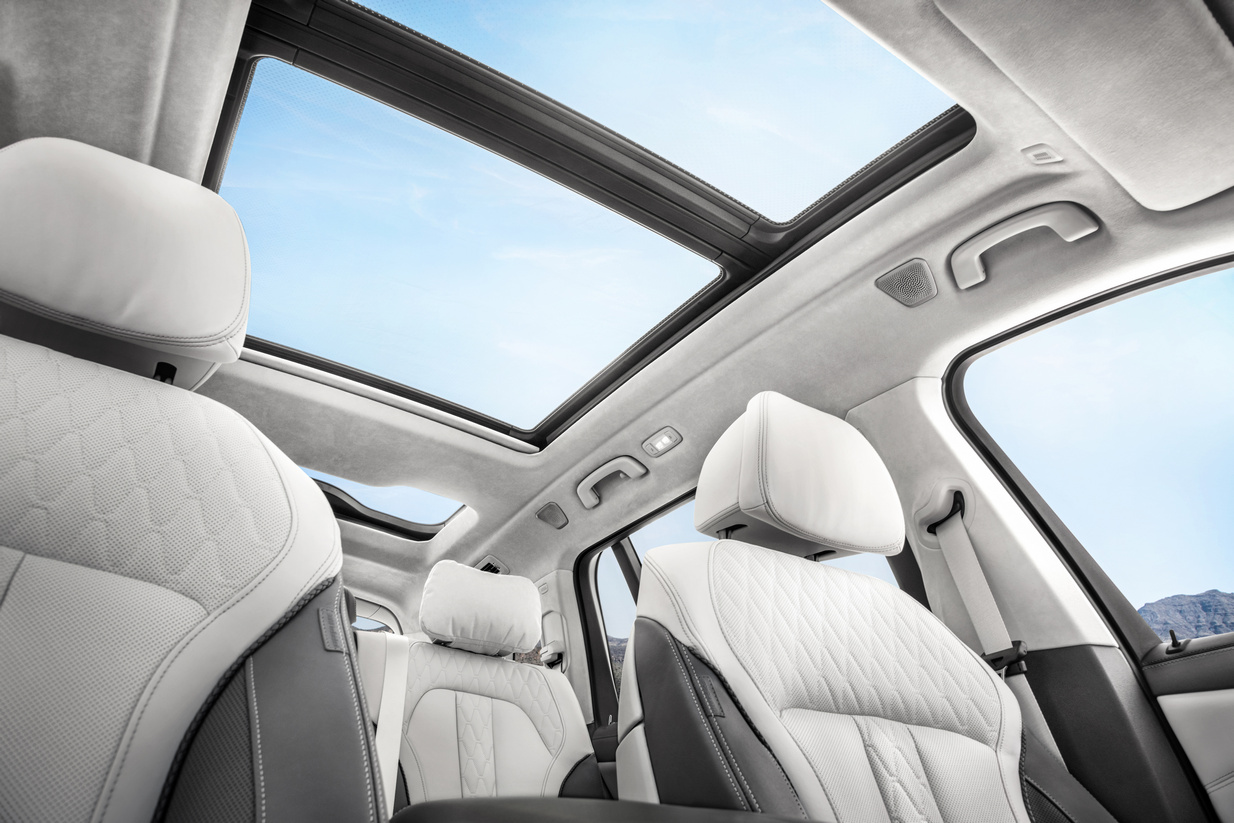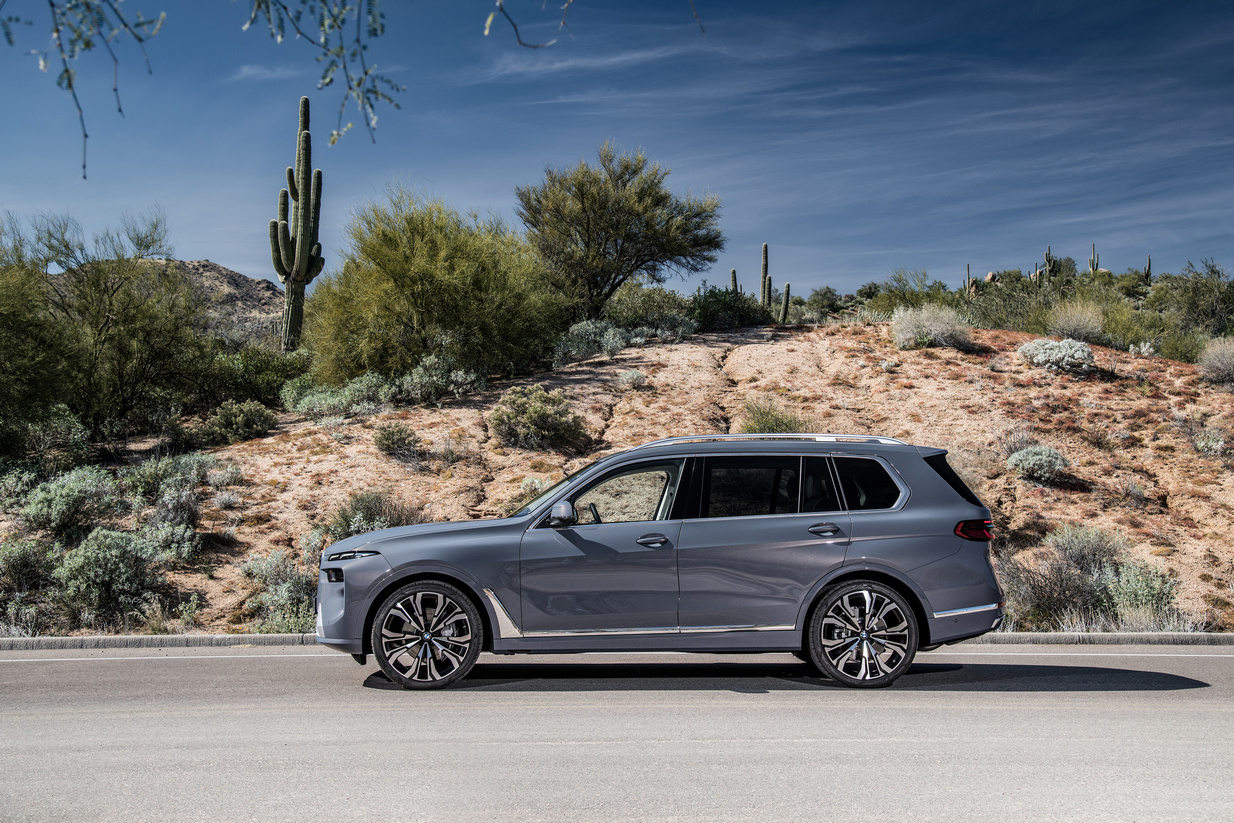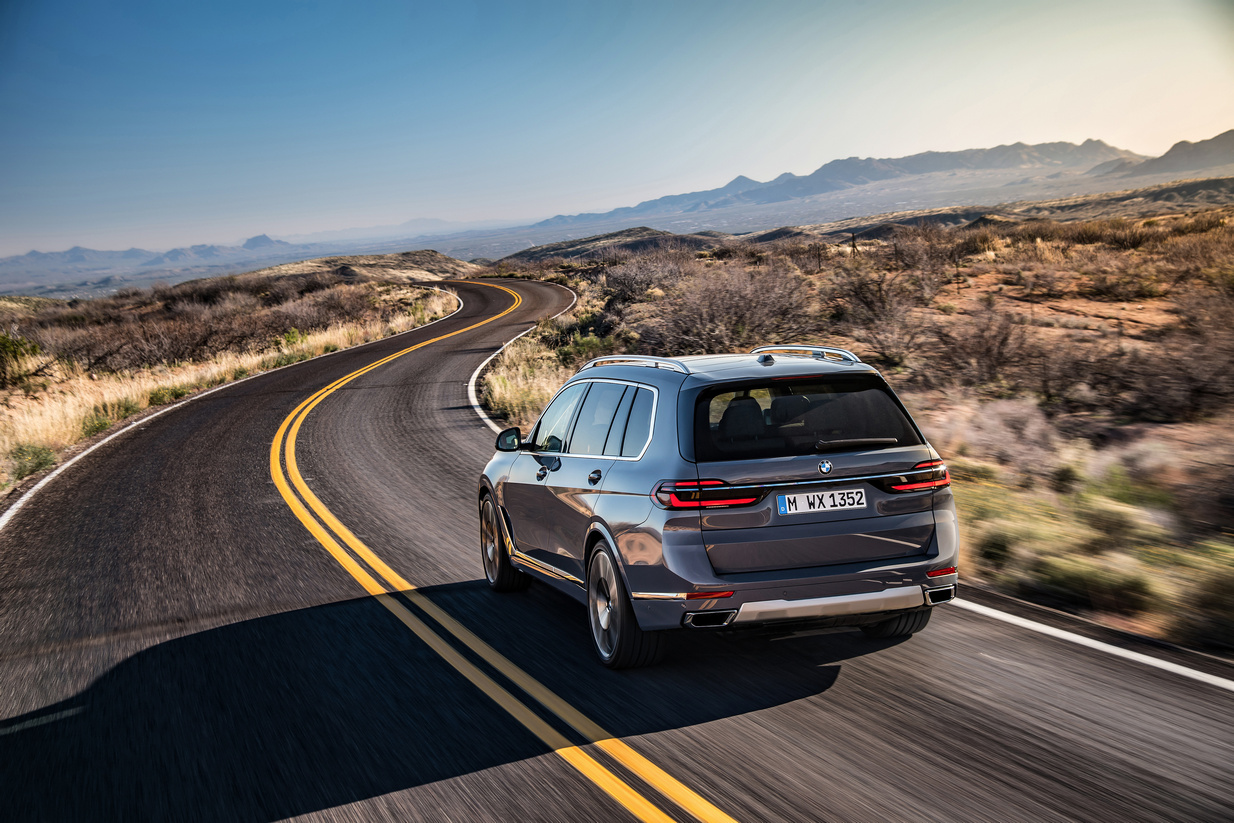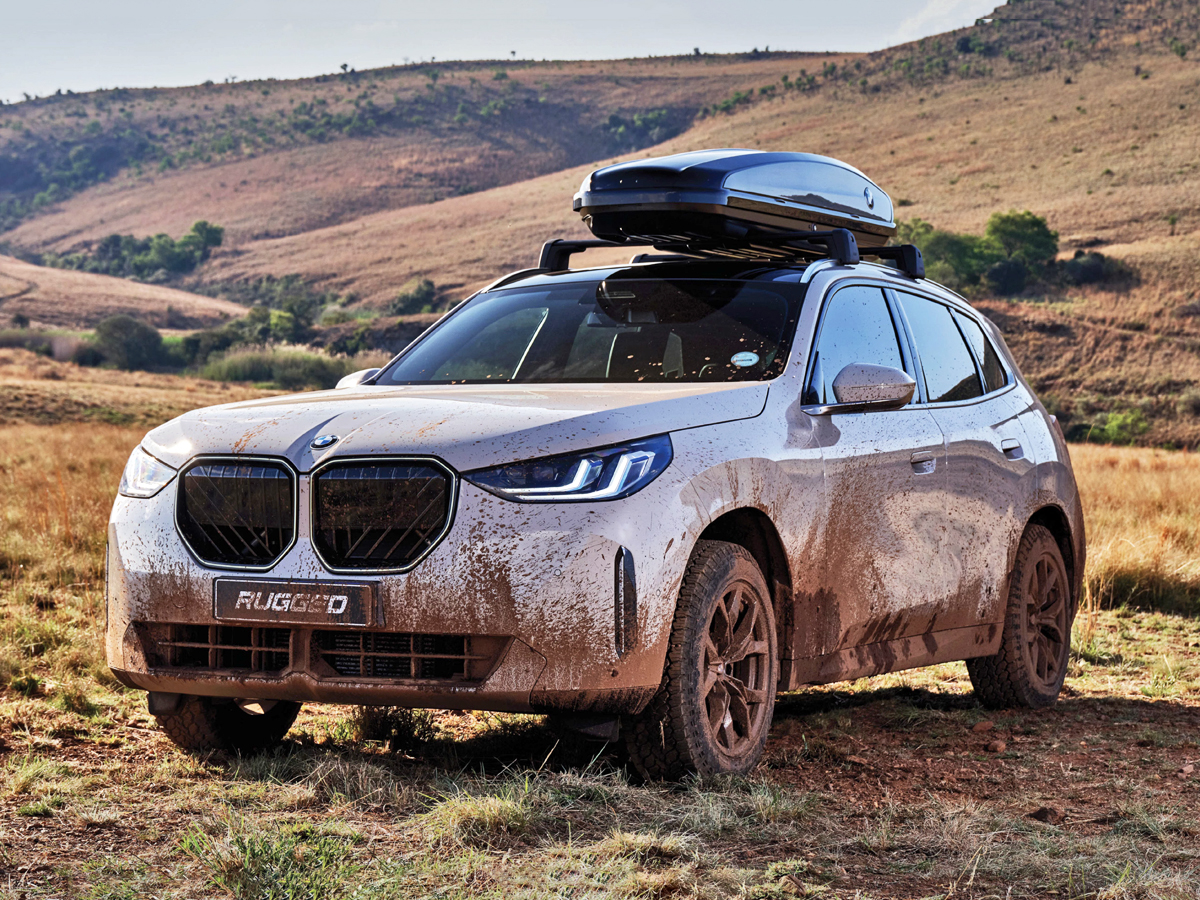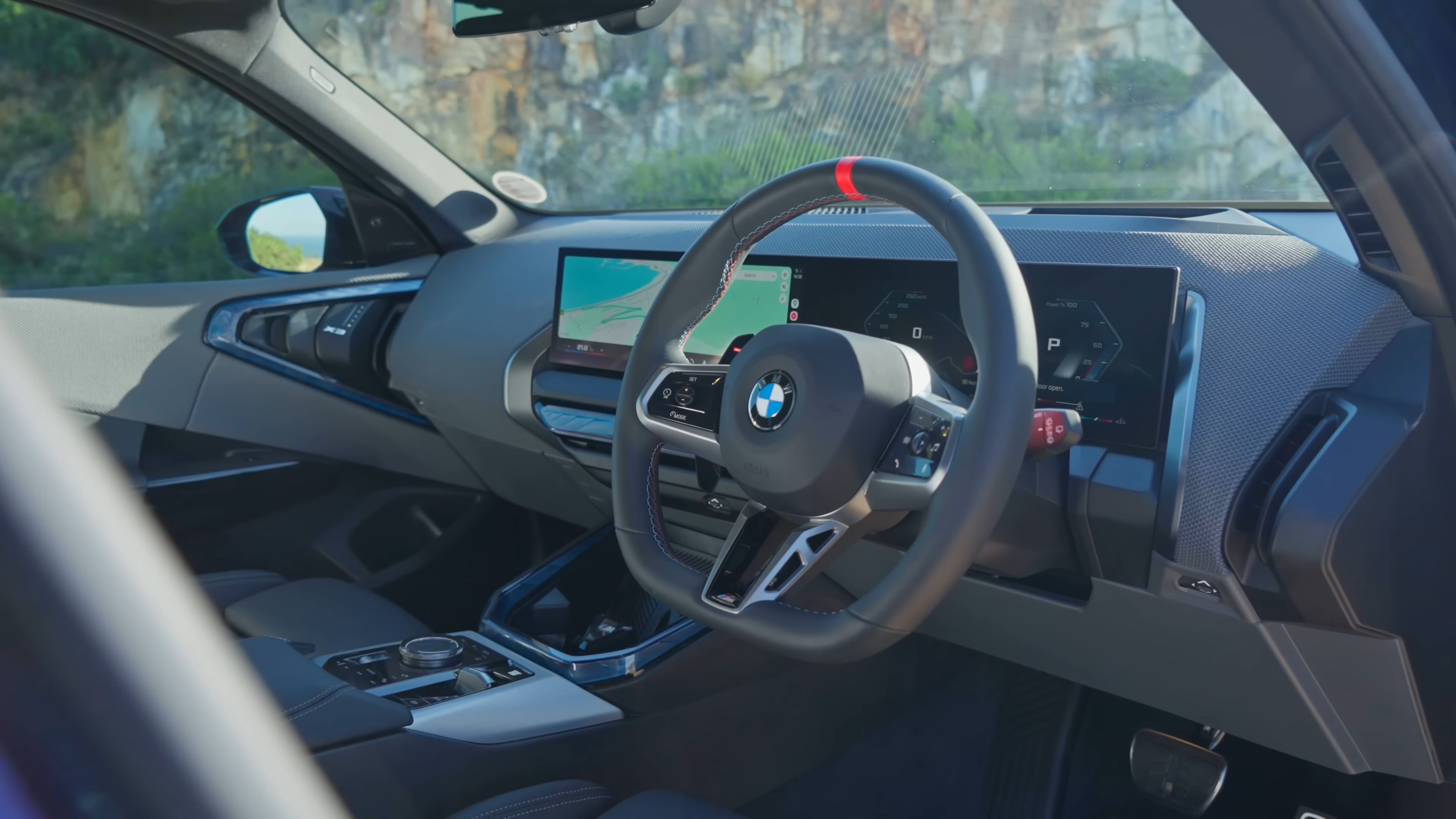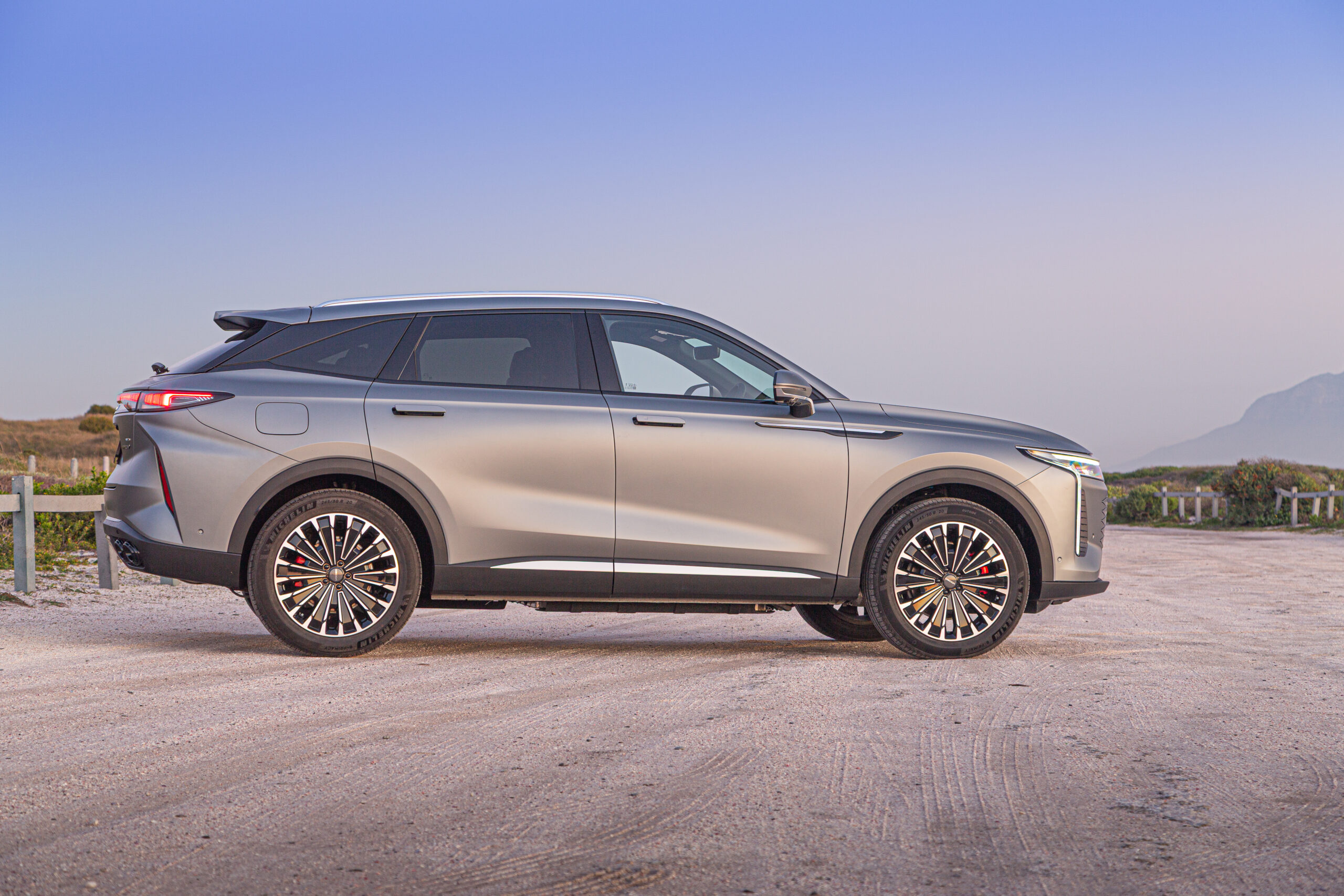Nissan Patrol (2017-2025) Buyer’s Guide
Is the Y62-series Nissan Patrol worth considering as a used buy? Let’s take a look at this V8-powered ladder-frame-based SUV’s strengths and weaknesses…
Endowed with a naturally aspirated V8 petrol engine, a robust ladder-frame chassis and 7 seats, the Y62-series Nissan Patrol was unashamedly “old school”. But despite its advanced age and comparatively out-of-date configuration, this 3-row behemoth survived in South Africa all the way into 2025.
Entirely fitting, if you ask us, considering the Patrol still holds the title of the Yokohama-based brand’s longest-running model series, with a legacy that stretches back to the “4W60” of 1951.
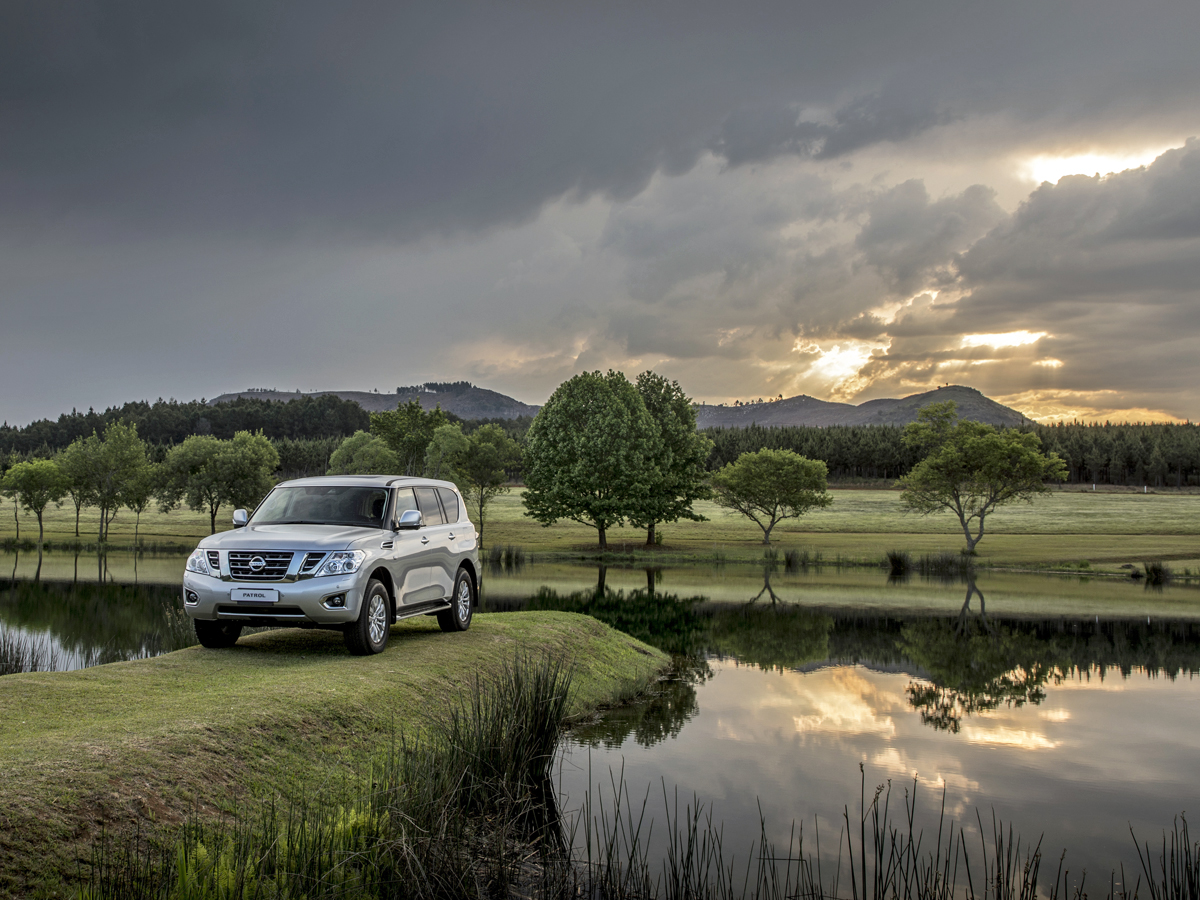
Of course, the Y62 series positively dwarfed the 4W60 original. In fact, measuring a whopping 5 165 mm long and standing nearly 2 metres broad (excluding its side mirrors), the 7th-gen Nissan Patrol was perhaps dimensionally overqualified to serve as the Japanese brand’s flagship SUV in Mzansi.
Interestingly, the Patrol effectively replaced the closely related Infiniti QX80 in the local market, with the latter Z62-series model enduring a short but comparatively unsuccessful stay in South Africa. Just like the Infiniti brand itself, then.
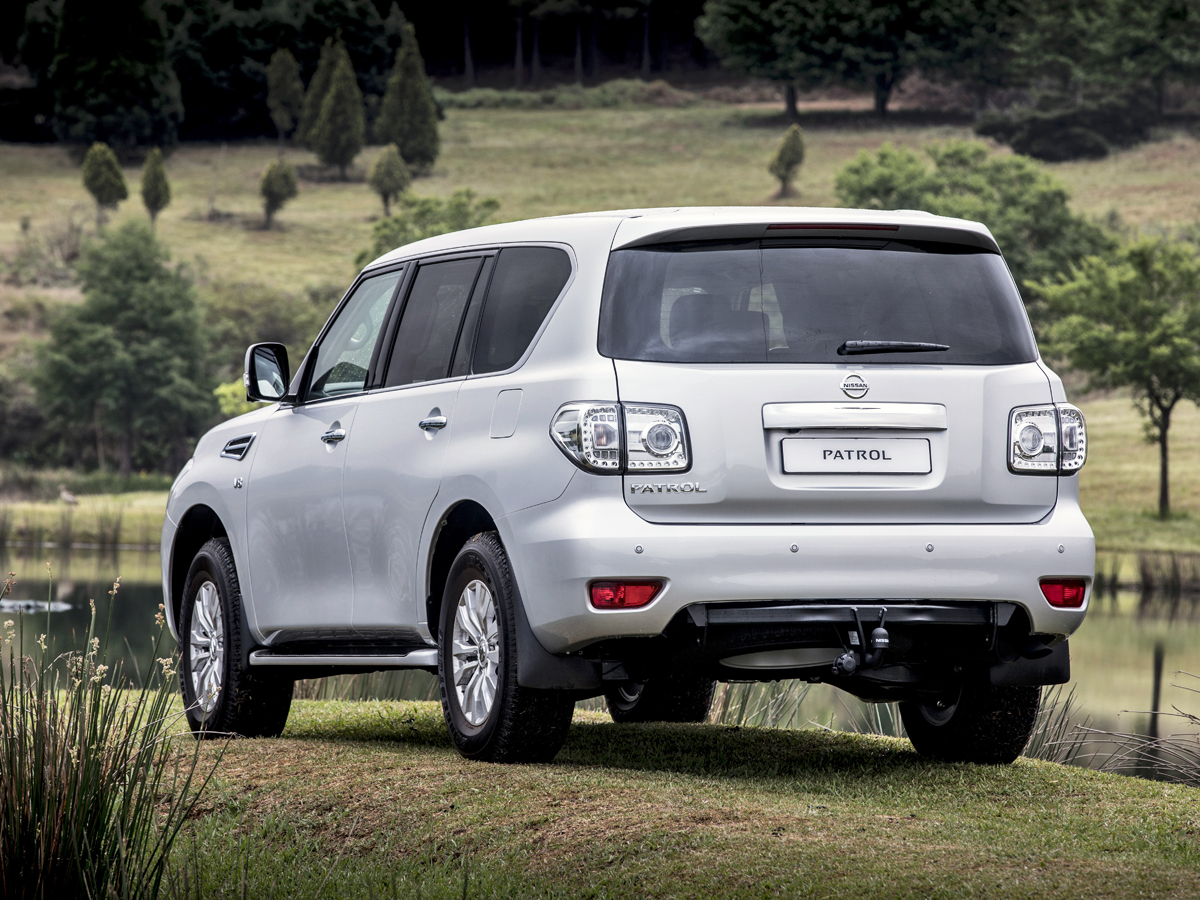
Still, the Patrol was anything but a volume driver. In fact, according to figures reported to industry representative body Naamsa, the Japanese firm sold just 115 units in 2023, a figure that fell to a mere 81 examples in 2024. Just a few units were registered in the opening months of 2025, before Nissan SA quietly pulled the plug on the Patrol.
Although the Y63-series Nissan Patrol, which features a twin-turbo 3.5-litre V6, was unveiled in September 2024 and has since gone on sale in various Middle Eastern markets (as well as in North America), a delay in right-hand-drive production means it’s planned to arrive in South Africa only in 2027.
Nissan Patrol (Y62) model line-up in SA
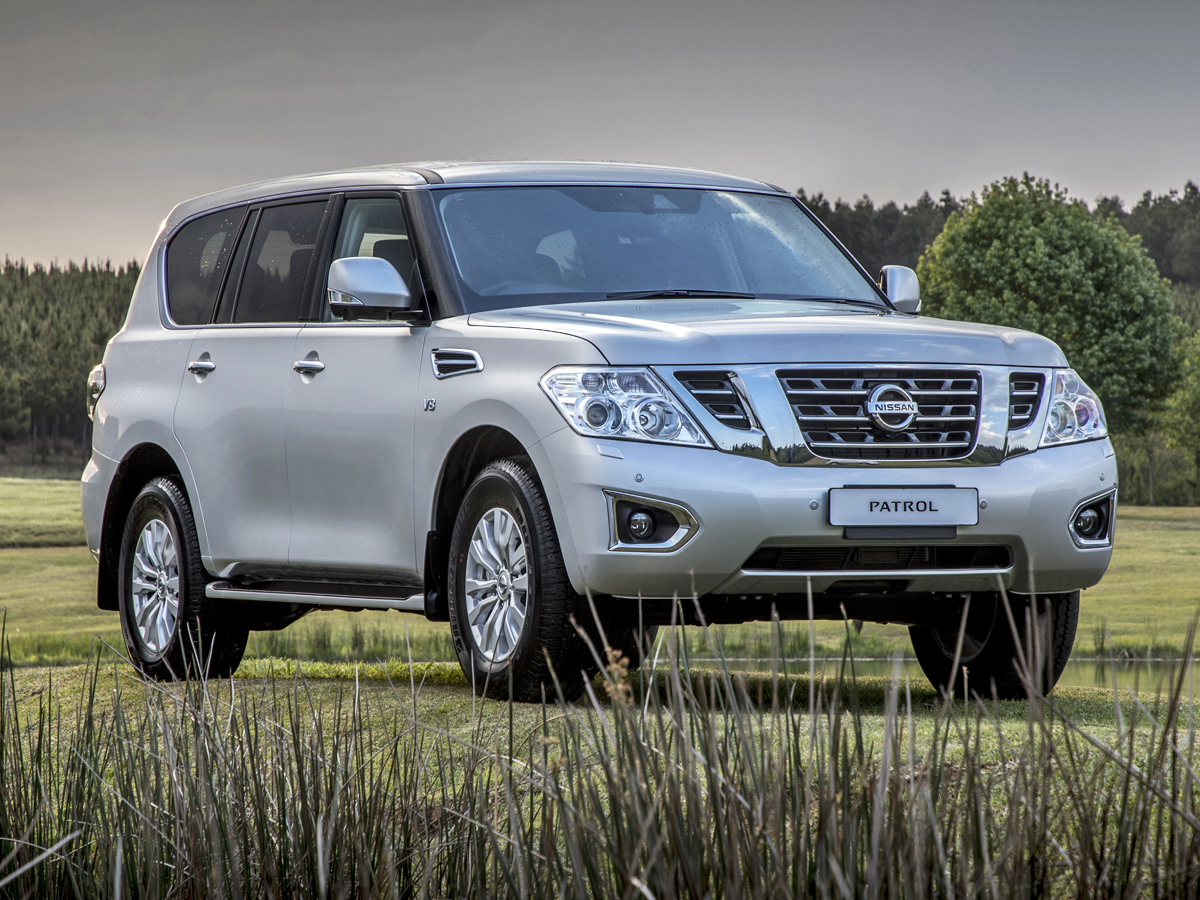
The Y62-series Nissan Patrol was revealed in Abu Dhabi in February 2010. However, South Africa had to wait until December 2017 – yes, nearly 8 years later – for this model to make local landfall (the Infiniti QX80, meanwhile, plugged part of that gap, from 2015 until the Patrol’s arrival).
When it did finally touch down, the Patrol had already benefitted from a facelift. At launch in Mzansi, just a single derivative was available. Curiously, while the press material referred to this variant as the “Premium” grade, official specification sheets and brochures listed the trim level as “LE”.
- Nissan Patrol 5.6 V8 LE 7AT 4WD (298 kW/560 Nm)
In August 2020, an updated version of the Patrol arrived in South Africa, sporting more modern front-end styling, revised taillamps and a fresh design for its 18-inch alloy wheels.
Inside, the upgraded SUV gained new diamond-stitch quilted leather seats (with “added padding”), while extra insulation saw “significant reductions” in noise and vibration, according to Nissan.
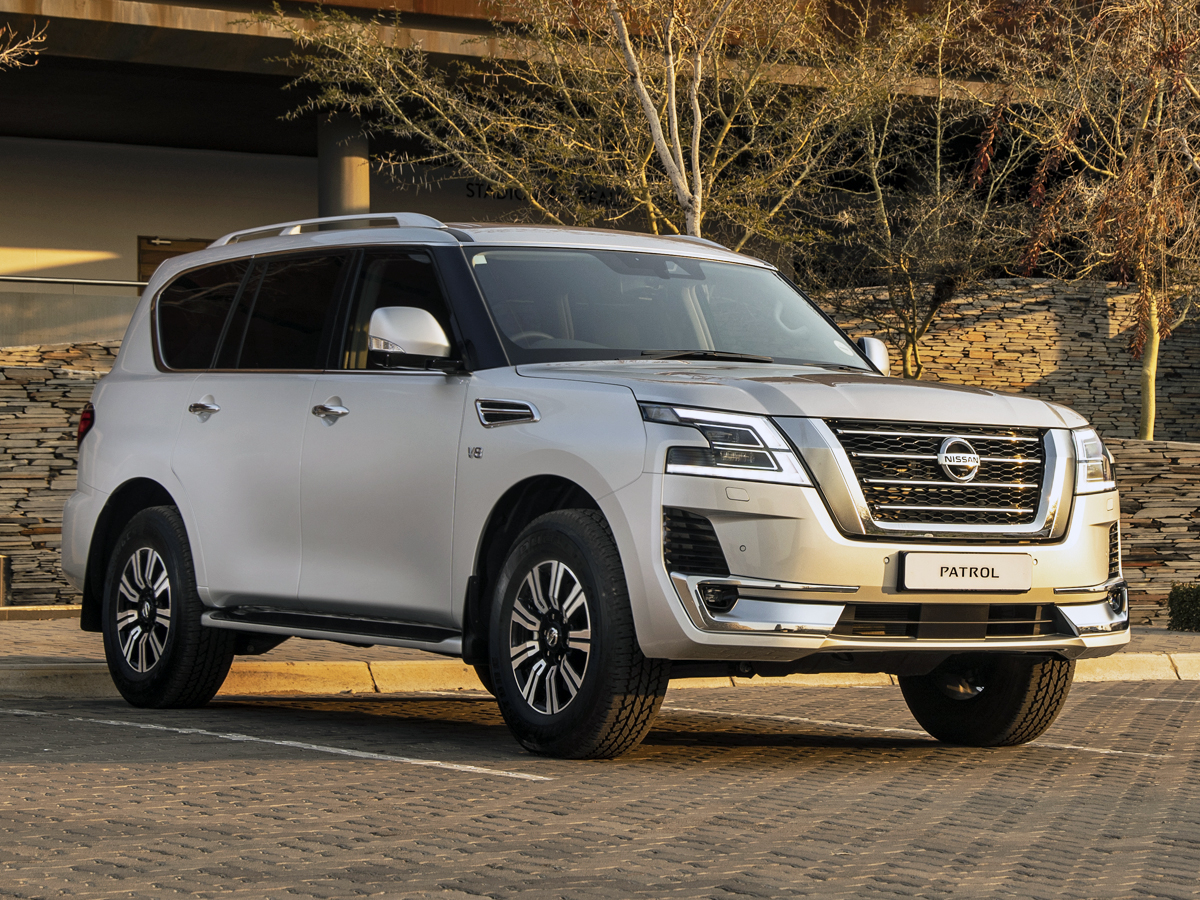
Nissan SA made no further official updates to the Patrol. However, in 2023, the BB Group of Nissan dealerships launched a “Black Hawk” limited-edition variant, complete with an aggressively styled body kit and a supercharger boosting the V8’s outputs to 396 kW and 772 Nm. We’re told these updates were “endorsed” by Nissan SA, with the warranty and service plan seemingly remaining intact.
In the end, the Y62-series Patrol enjoyed a nearly 8-year run in South Africa. Still, by the time it had quietly driven off into the local sunset around April 2025 (despite right-hand-drive production continuing for markets such as Australia), this generation was more than 15 years old.
What are the Y62-series Nissan Patrol strengths?
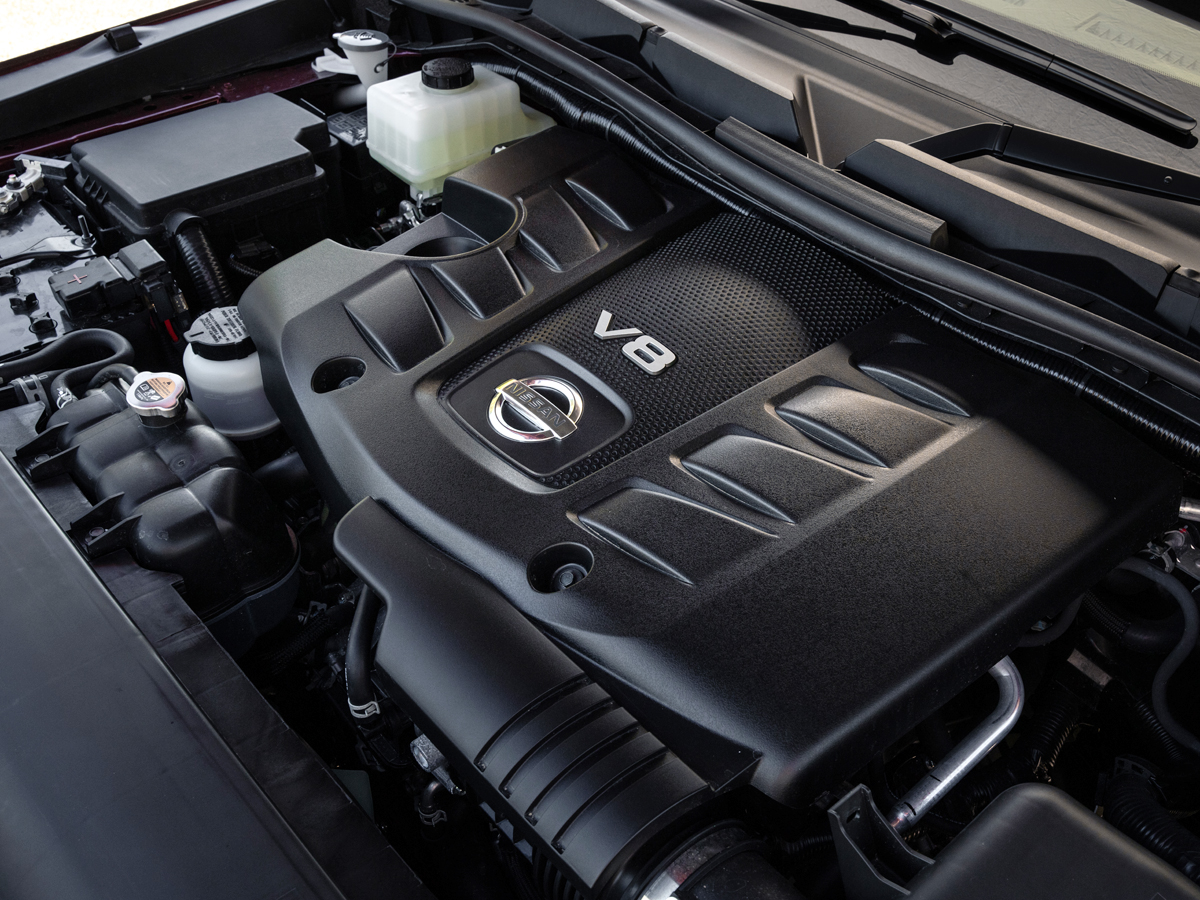
Plenty of V8 shove: What was the burly Patrol’s defining feature? We’d argue it was its powertrain. The naturally aspirated 5.6-litre V8 (VK56 K1) churned out a heady 298 kW at 5 800 rpm and 560 Nm at 4 000 rpm, peak outputs that were delivered to all 4 corners via a 7-speed automatic transmission.
Though Nissan didn’t list an official 0-100 kph time, the figure was thought to be somewhere around 7.5 seconds, despite the Patrol weighing in at more than 2.7 tonnes. Since there was no need to wait for pesky turbochargers to spool up, the smooth-revving V8 exhibited near-instantaneous throttle response.
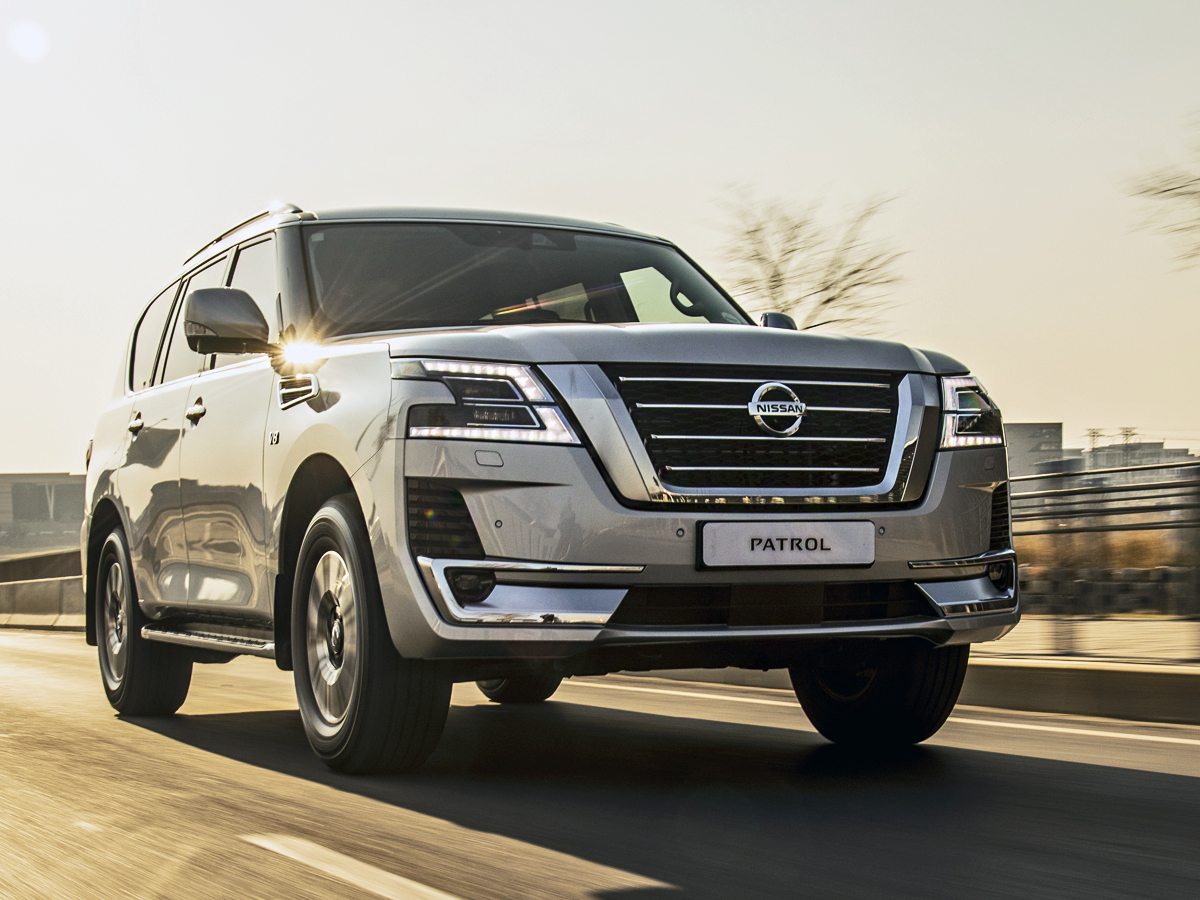
This resulting effortless overtaking grunt was accompanied by a creamy V8 engine soundtrack, though the exhaust note was somewhat muted – in line with this SUV’s premium character. All that oomph also made the Patrol a highly capable towing vehicle, with Nissan listing a braked towing capacity of 3 500 kg.
Genuine off-road ability: The Y62-series Patrol was an exceedingly comfortable SUV on tarmac, thanks to its forgiving suspension set-up and meaty 265/70 R18 tyres. But it also excelled off the beaten track, where it benefitted from a 4WD system featuring “Auto”, “4H” and “4L” settings (activated via an electronically controlled part-time transfer case) plus “Rock”, “Sand” and “Snow” modes.
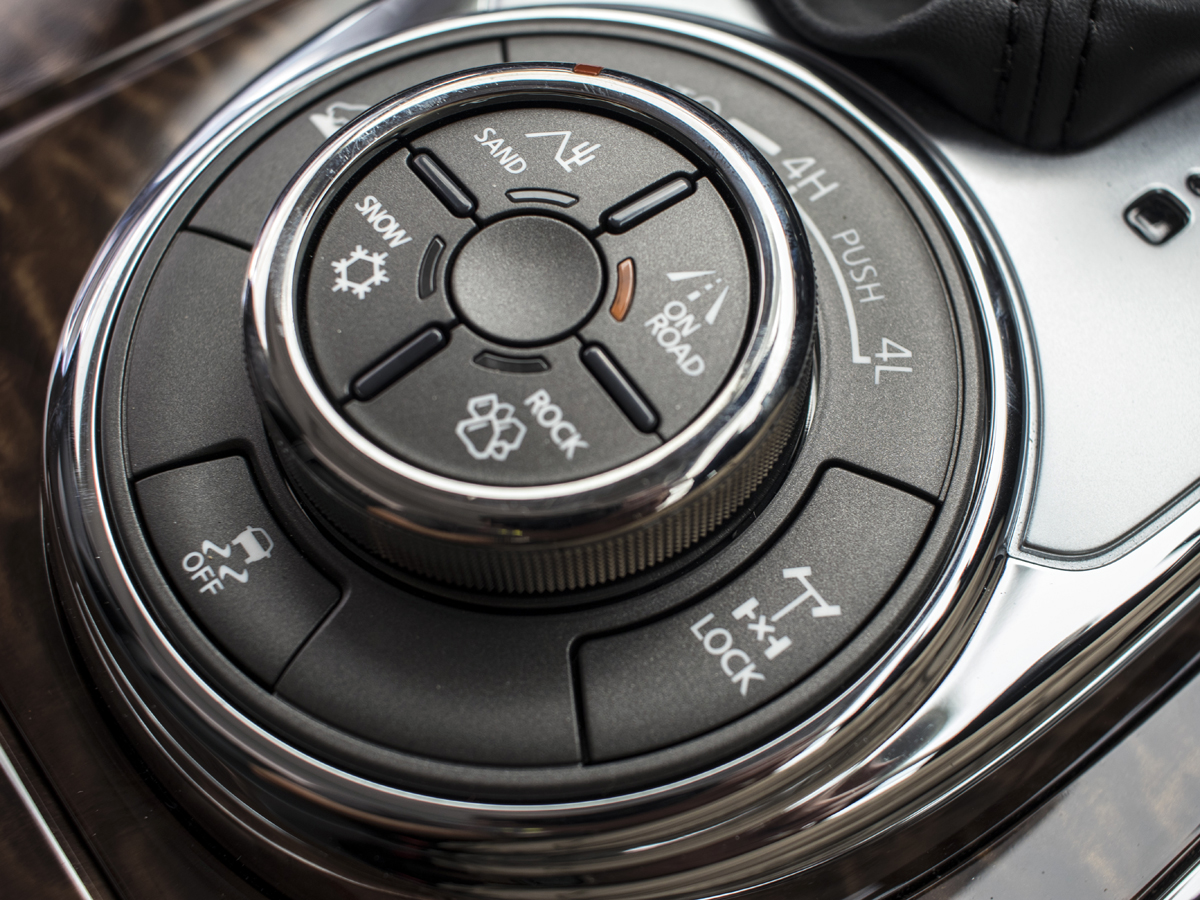
Other useful 4WD features included a rear differential lock, a rear helical limited-slip differential (LSD) and hill-descent control, while the listed ground clearance was a lofty 272 mm. The approach, breakover and departure angles came in at 34.3-, 24.4- and 26.2 degrees, respectively. Interestingly, the Patrol came fitted with Nissan’s “Hydraulic Body Motion Control” system rather than air suspension.
Loads of interior space and spec: Considering its exterior dimensions, it should come as no surprise that the Patrol’s cabin was cavernous. Nissan claimed the Y62 series boasted the “largest interior space in its class”, while even the 3rd row of 2 seats was capable of accommodating average-sized adults.
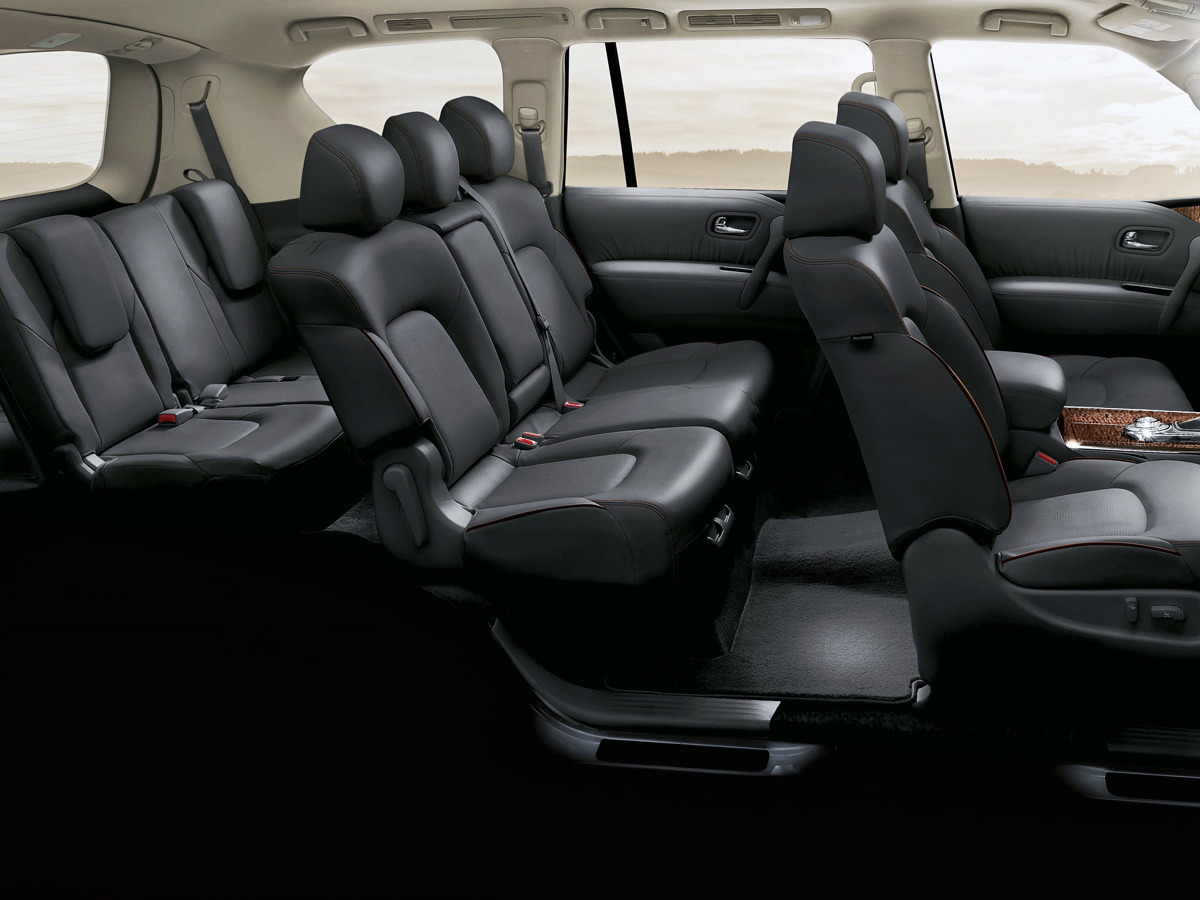
Befitting its flagship status, specification levels were lofty. The front seats, for instance, were not only trimmed in leather but power adjustable and climate controlled. A heated steering wheel, an electrically adjustable steering column, dual-zone climate control (with dedicated 2nd-row controls), satellite navigation and a 13-speaker Bose audio system (with a subwoofer and amplifier) were also standard.
Occupants of the 2nd row enjoyed access to 8-inch screens fitted to the rear of the front-seat headrests, while 9 cupholders and 4 bottle holders were scattered around the cabin. A sunroof, a powered tailgate and a raft of safety features (from a 360-degree camera, parking sensors and intelligent cruise control to lane-departure warning and an off-road monitor) also made the list.
What are the Y62-series Nissan Patrol’s weaknesses?
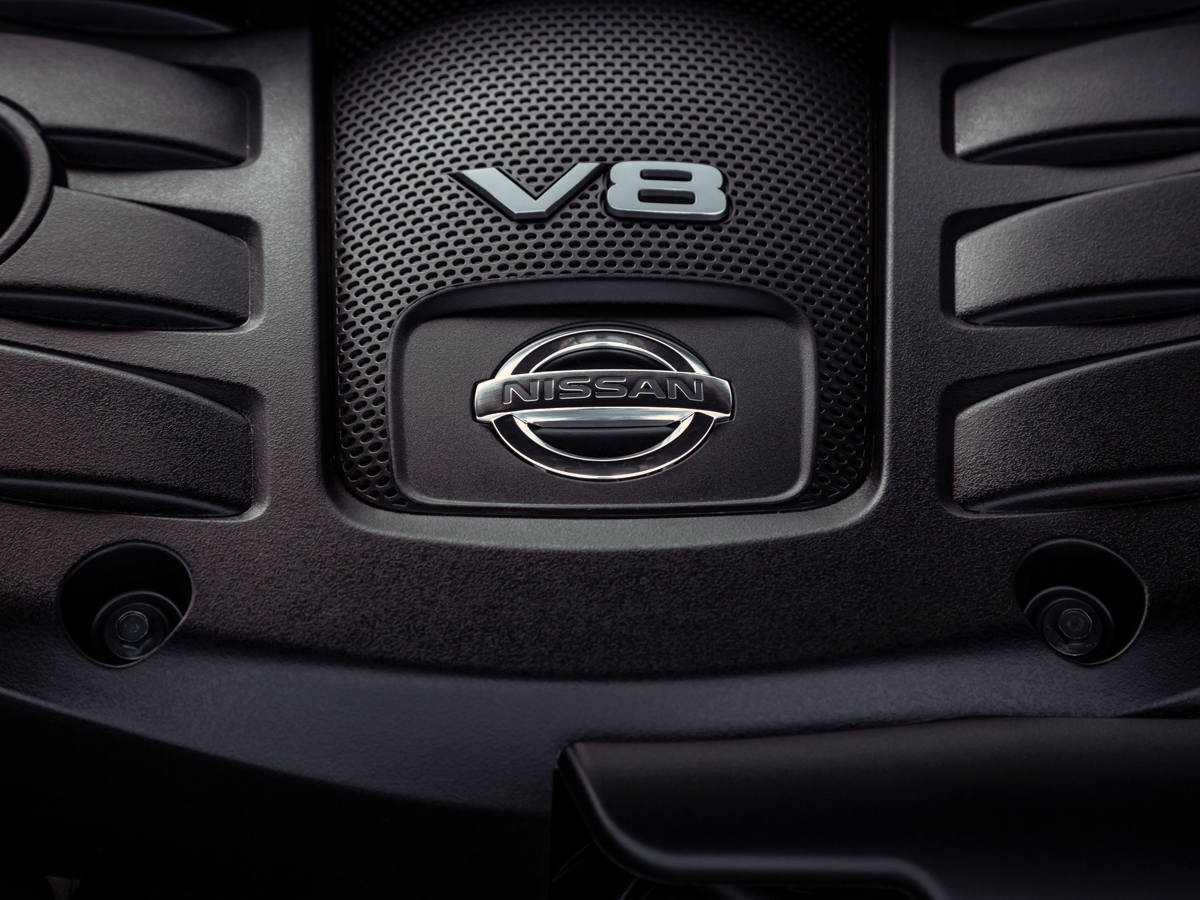
Extremely thirsty V8 engine: There is no escaping the fact that the Y62-series Patrol‘s V8 powerplant was incredibly thirsty. In fact, the Japanese automaker’s local division listed a claimed combined fuel consumption as high as 14.4 L/100 km. In the real world, of course, the figure was even loftier.
While this likely wasn’t an issue for customers in oil-rich Middle Eastern markets, it surely put off several potential buyers here in South Africa. Still, at least Nissan fitted the Patrol with a 140-litre tank, allowing it to compete with more fuel-frugal competitors on cruising range (and indeed overlanding potential).
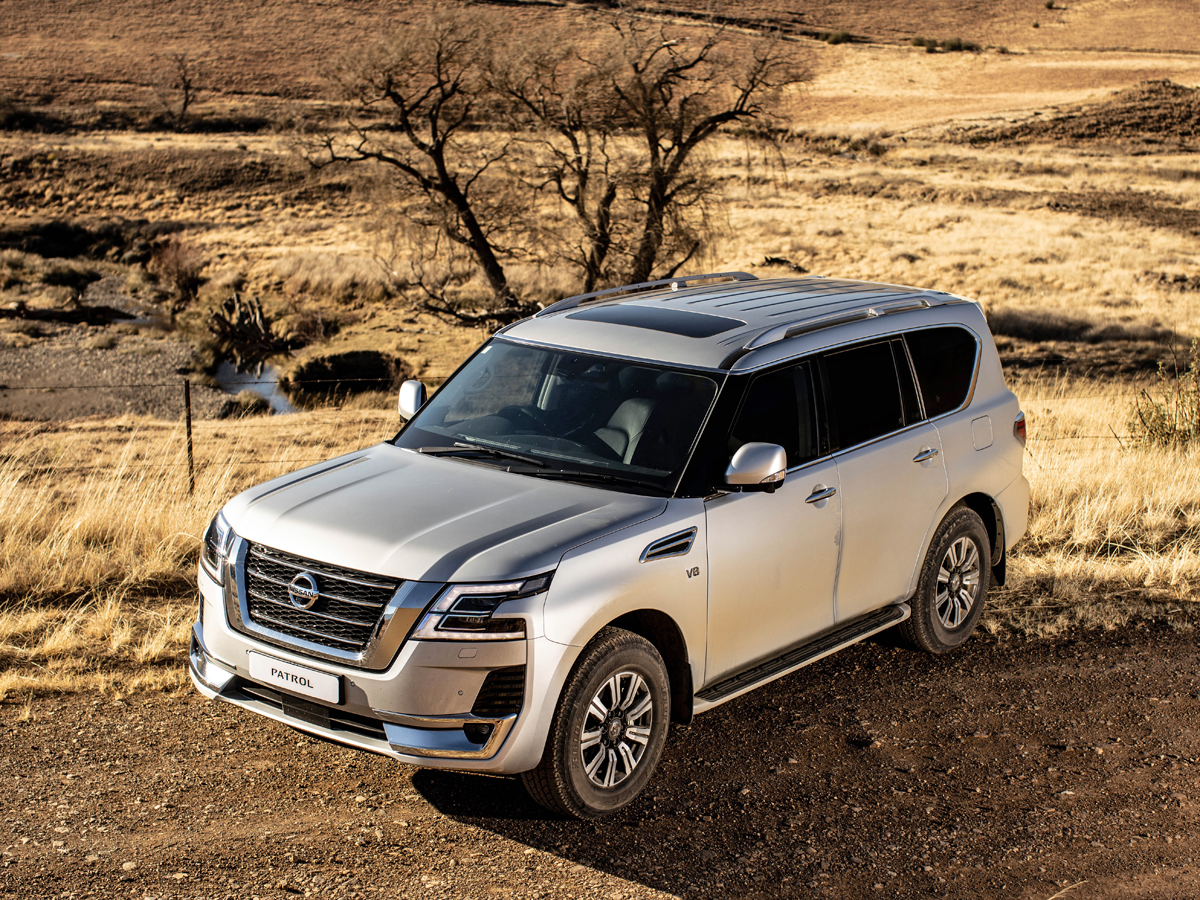
In addition to significant fuel spend, buyers had to contend with arguably higher-than-average general running costs. The Patrol’s hefty weight, for instance, resulted in accelerated wear and tear on friction components such as brakes and tyres.
Lack of a turbodiesel option: If the Y62-series Patrol had been available in turbodiesel form, would it have attracted more local buyers? The answer is unquestionably “yes”, since diesel was – and remains today – the fuel of choice in this segment.
Just ask Toyota, which offered the Land Cruiser 200 and Land Cruiser 300 in oil-burning guise.
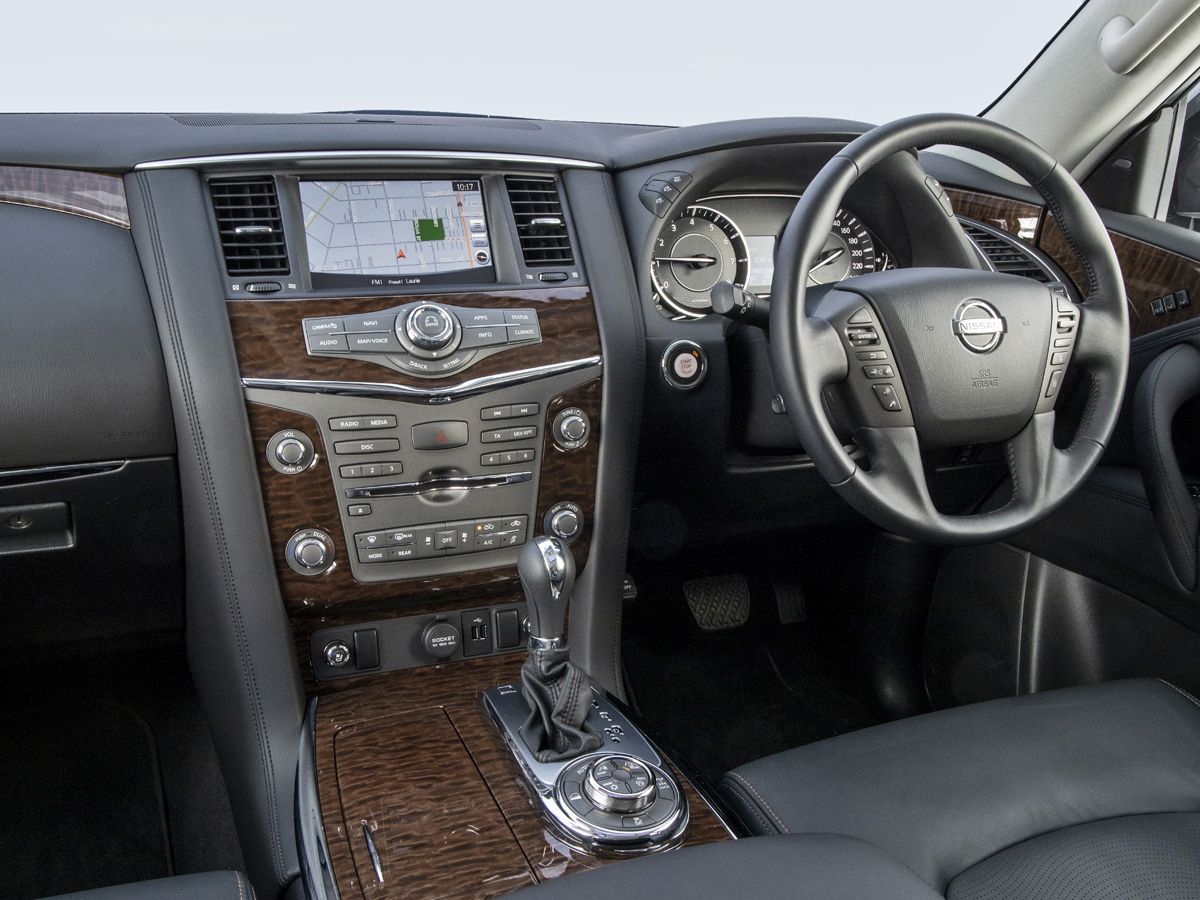
Outdated cabin: Despite being crammed full of standard equipment, the Patrol’s cabin felt outdated from the very moment the vehicle landed in Mzansi. Unsurprising, perhaps, considering the Nissan’s Y62 series traced its roots all the way back to 2010.
We suspect there were few fans of the glossy woodgrain trim applied to the centre console and dashboard, while the 8-inch touchscreen that did duty throughout the Patrol’s local lifecycle felt primitive compared to rival systems. This lack of modern infotainment was all the more frustrating since various other markets upgraded to a larger touchscreen (with Apple CarPlay and Android Auto) and a redesigned centre console years before the SUV was discontinued in our market.
How much is a used Nissan Patrol in SA?
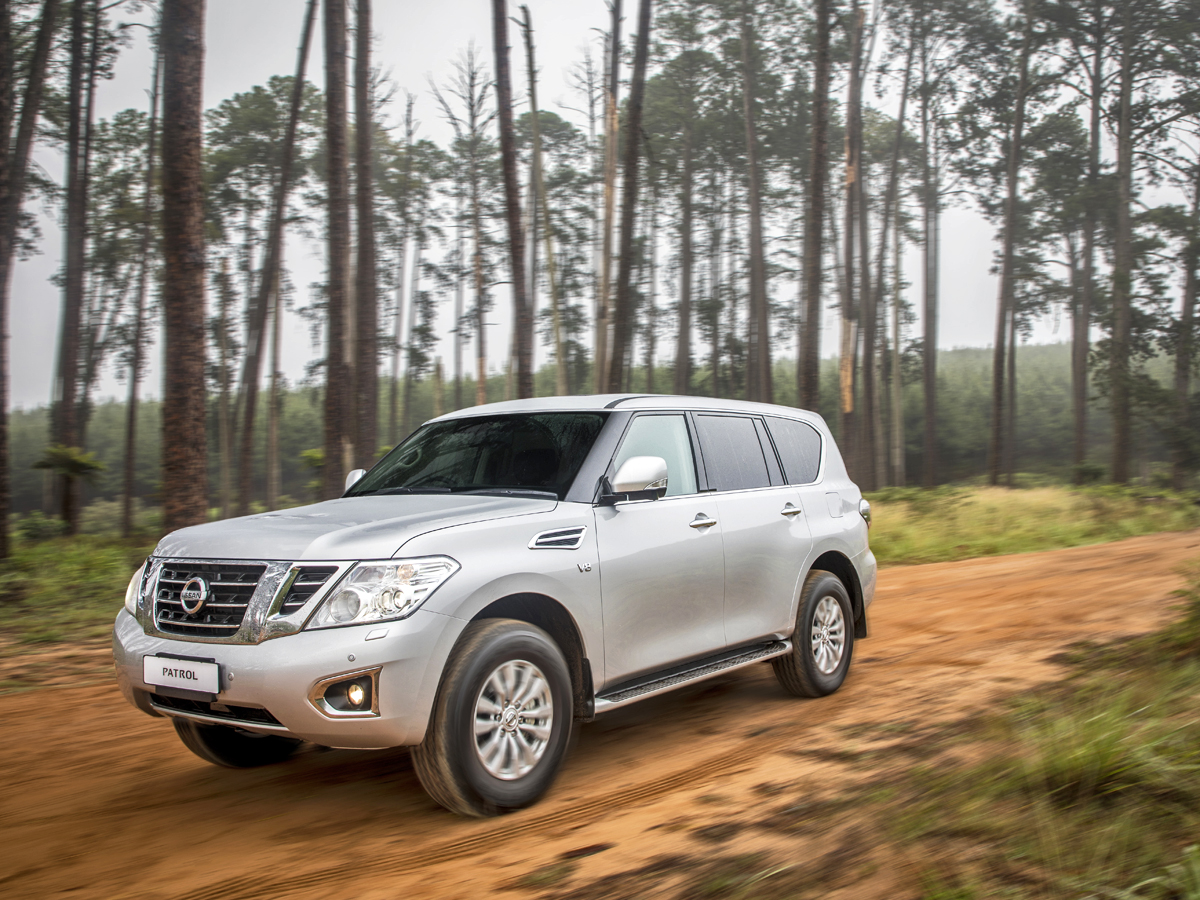
In South Africa, the Y62-series Patrol shipped standard with a 6-year/150 000 km warranty, as well as a 3-year/90 000 km service plan (with intervals of 15 000 km). The only listed options were “Nissan Approved Accessories” in the form of a detachable flange-type tow bar and an electrical towing kit.
At launch back in December 2017, the Patrol was priced at R1 299 000, while the last list price we saw for this model before its exit from the South African market in 2025 was R1 779 900.
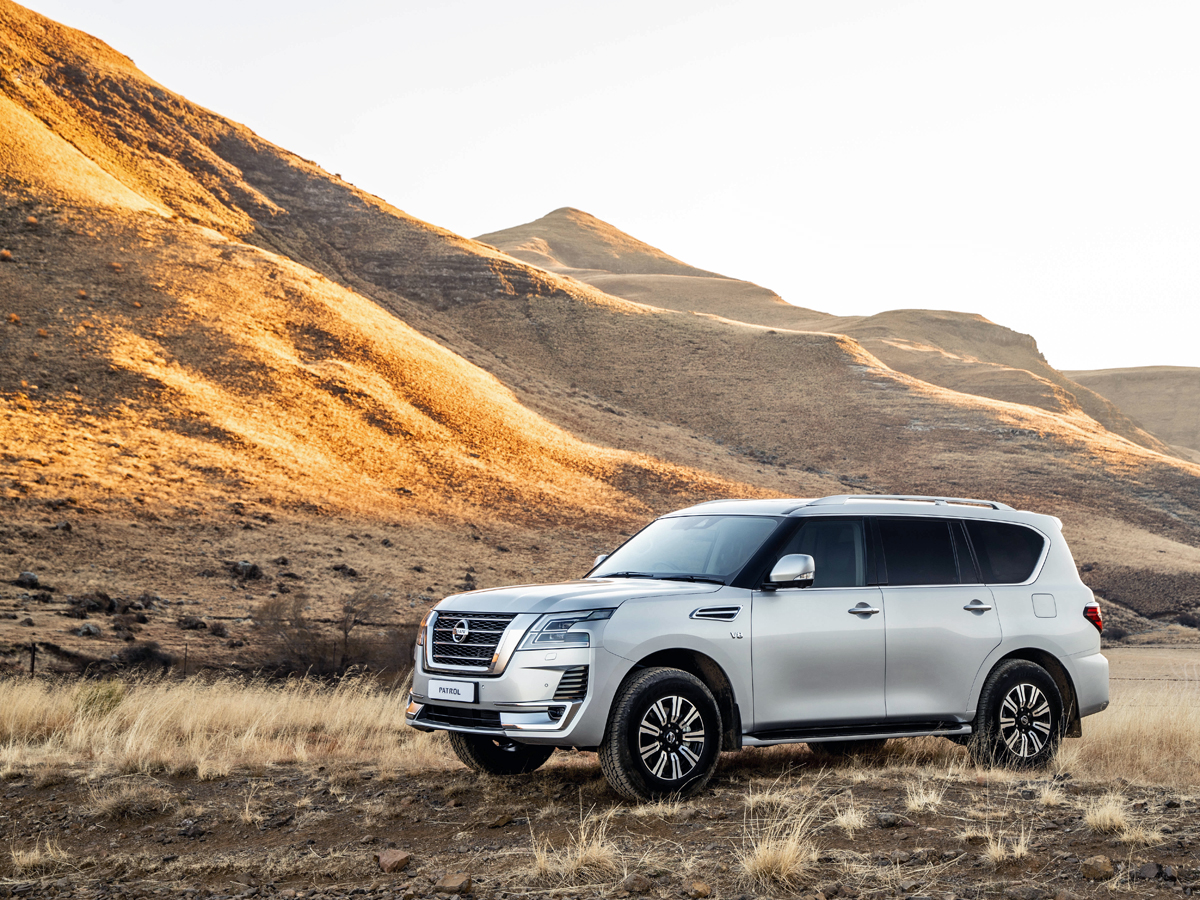
When shopping on the used market, we’d suggest steering clear of modified examples, where possible. Furthermore, since the Patrol was lauded for its off-road prowess, it’s imperative to check for underbody damage that may have been sustained during overly enthusiastic jaunts off sealed surfaces.
At the time of writing, we found only 12 examples of the Y62-series Nissan Patrol on Cars.co.za. Just 4 took the form of the pre-2020 version, while 3 were supercharged “Black Hawk” derivatives. Another 2 examples were fitted with superchargers; 1 of those units also featured a so-called “Falcon” body kit.
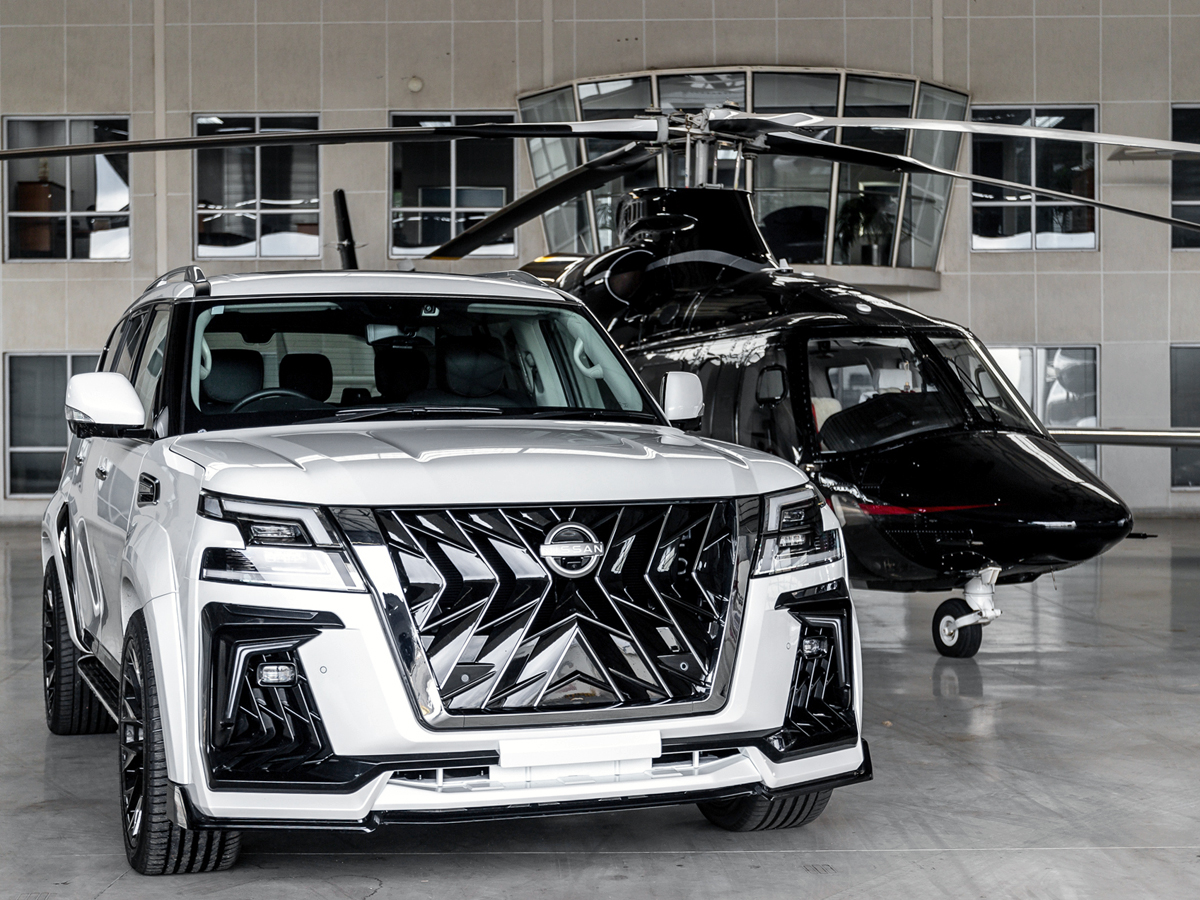
Mileages ranged from just 500 km on the single 2025 model-year unit listed to 140 000 km on a stock-standard 2017 example. White was the most common paint colour, accounting for 7 of the 12 listings.
- Below R800 000: We discovered just 3 listings below this price point, with one example from each of the opening 3 model years. All showed mileage over 90 000 km and all appeared unmodified.
- R800 000 to R1 000 000: A further 3 units were positioned between these pricing bookends. Here we found a low-mileage 2019 example along with a pair of 2021 units, each showing around 80 000 km.
- R1 000 000 and up: A 7-figure budget unlocked access to the remaining 6 listings. This group comprised a standard 2024 unit along with the 5 supercharged examples mentioned above. The most expensive Patrol we found was a 2023 Black Hawk – fitted with a B6 discreet armouring package, no less – listed for R3 599 999.
Which Y62-series Nissan Patrol should I buy?
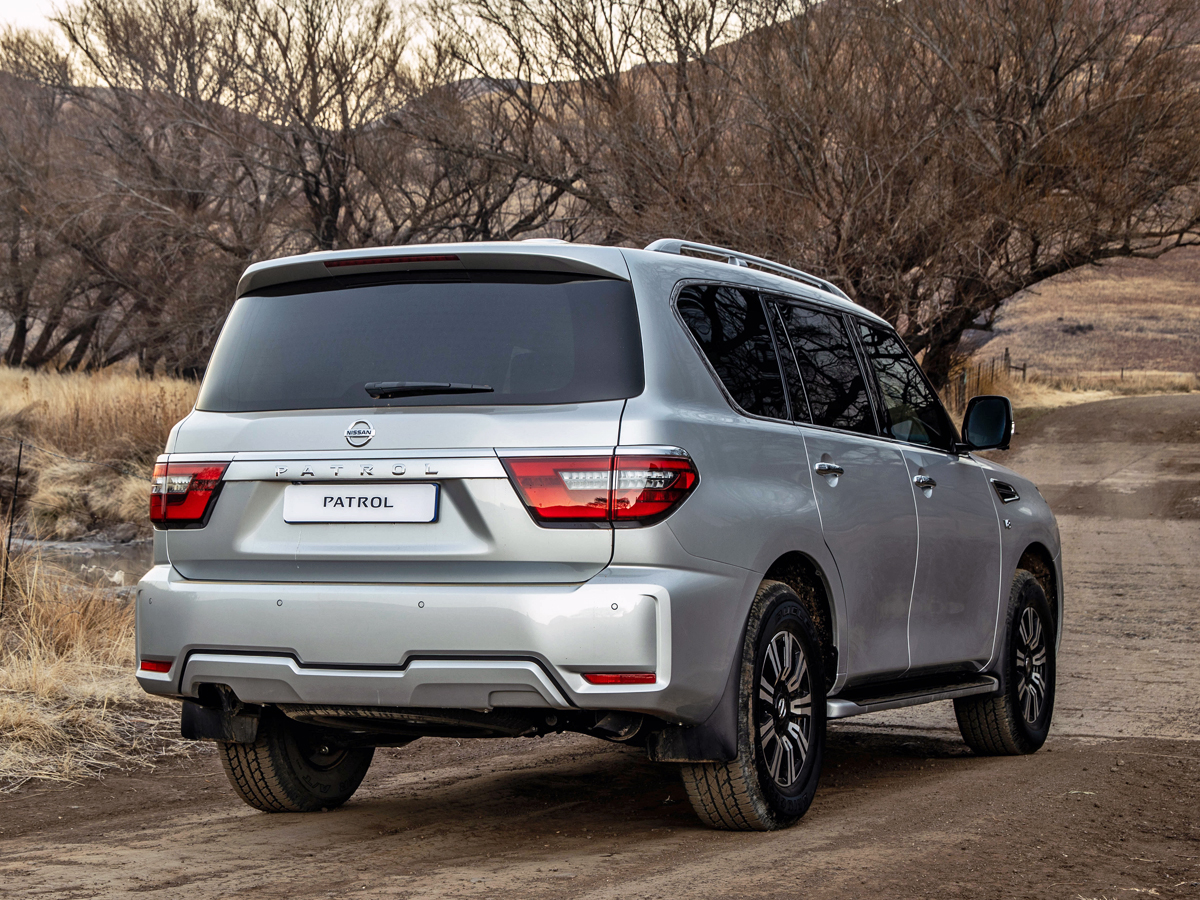
Since the Nissan Patrol was available locally with just a single powertrain option, you need only decide which exterior design you prefer: the earlier version or the updated iteration that arrived in August 2020.
Of course, your budget may ultimately make that decision for you. But we’d argue the more modern styling of the latter – led by the so-called “V-motion” grille up front – is considerably easier on the eye, so we’d favour a later model year.
What models competed against the Y62-series Patrol?
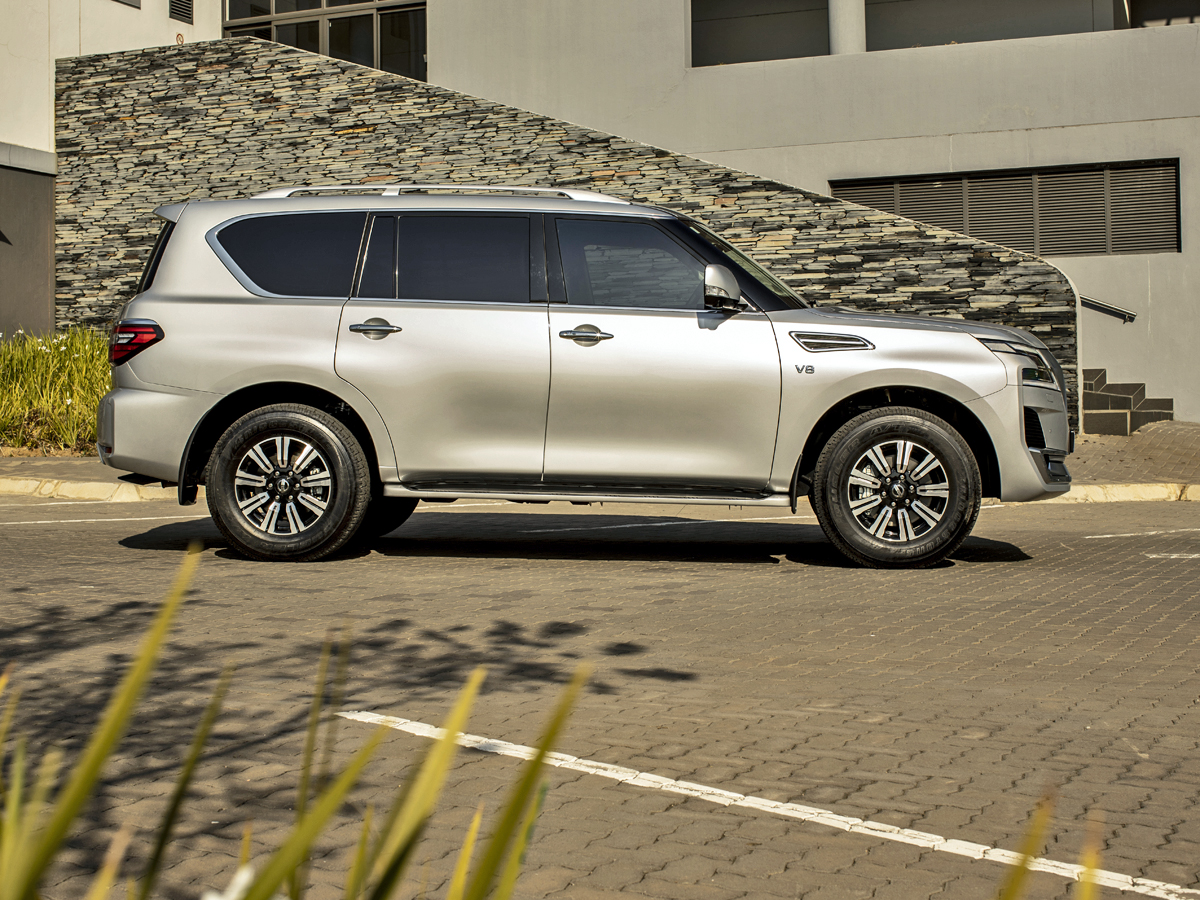
In South Africa, the Y62-series Nissan Patrol’s chief rivals were the likewise ladder-frame Toyota Land Cruiser 200 and the Toyota Land Cruiser 300 that followed in 2021. By extension, the Lexus LX – initially in J200 form and later in J310 guise – was also a Patrol competitor.
Shoppers in this large 7-seater SUV segment might also have considered the 5th-gen Land Rover Discovery and even the L663-series Land Rover Defender (either the 110 with an optional 3rd row or the longer 130). There were also the usual German suspects, but they appealed to a different kind of buyer.
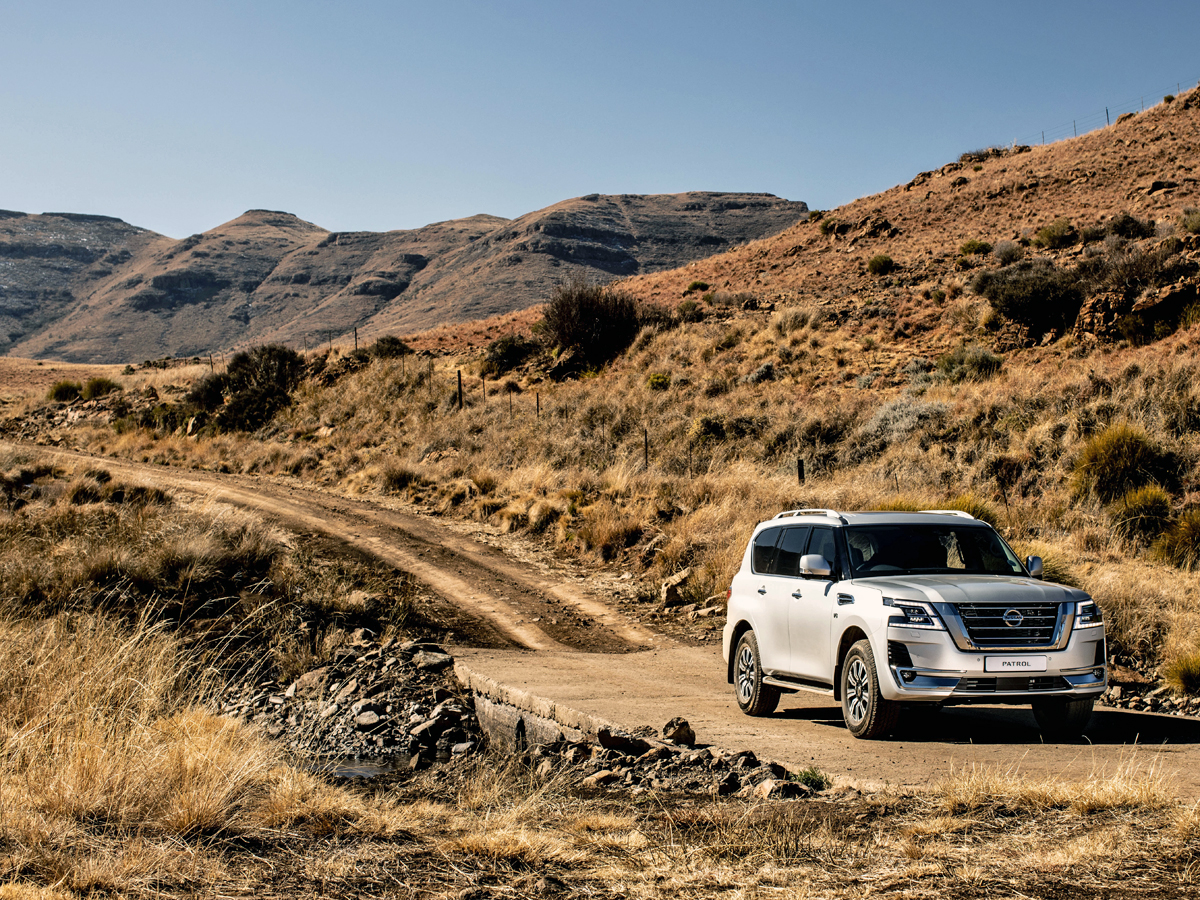
Ultimately, the biggest thorn in the Patrol’s side in local-sales terms was Toyota’s Land Cruiser, which was crucially available in turbodiesel form. While the big Nissan wasn’t anywhere near as popular in South Africa as its Toyota-badged rivals – which makes unearthing a well-maintained, stock-standard example anything but straightforward – it nevertheless built up a modest but loyal local following.
After all, there’s something eminently charming about an old-school SUV with a thumping V8 under its bonnet – particularly to shoppers who have a least 1 foot planted in the “there’s no replacement for displacement” camp. Add proven mechanicals and authentic off-road chops, and we can certainly see the appeal. Now, if only petrol were a mite cheaper…
Looking for a used Nissan Patrol to buy?
Looking to sell your car? You can sell it to our dealer network here
